Starship Designs
Starships and Shuttles - Star Trek style
Atlas Class

Atlas Class Multi Role Deep Space Explorer and Mobile Starbase
Stats
- Length: 1999m
- Width: 750m
- Height: 219m
- Decks: 66
- Crew Capacity: 15000
- Maximum evacuation limit: 1000000
- Warp Speed
- Cruising: Warp 6
- Peak: Warp 9.5
- Transwarp: TW10
Description
The Atlas class is a massive ship 2KM long.
It is mainly used as a mobile starbase and colony transporter. A typical mission of the Atlas class is to transwarp to unexplored space with entire colonies settled in its massive living areas, and allow the bulk of the exploration to be done by smaller ships. Once the exploration is done colonies are settled down and the ship returns back to federation territory.
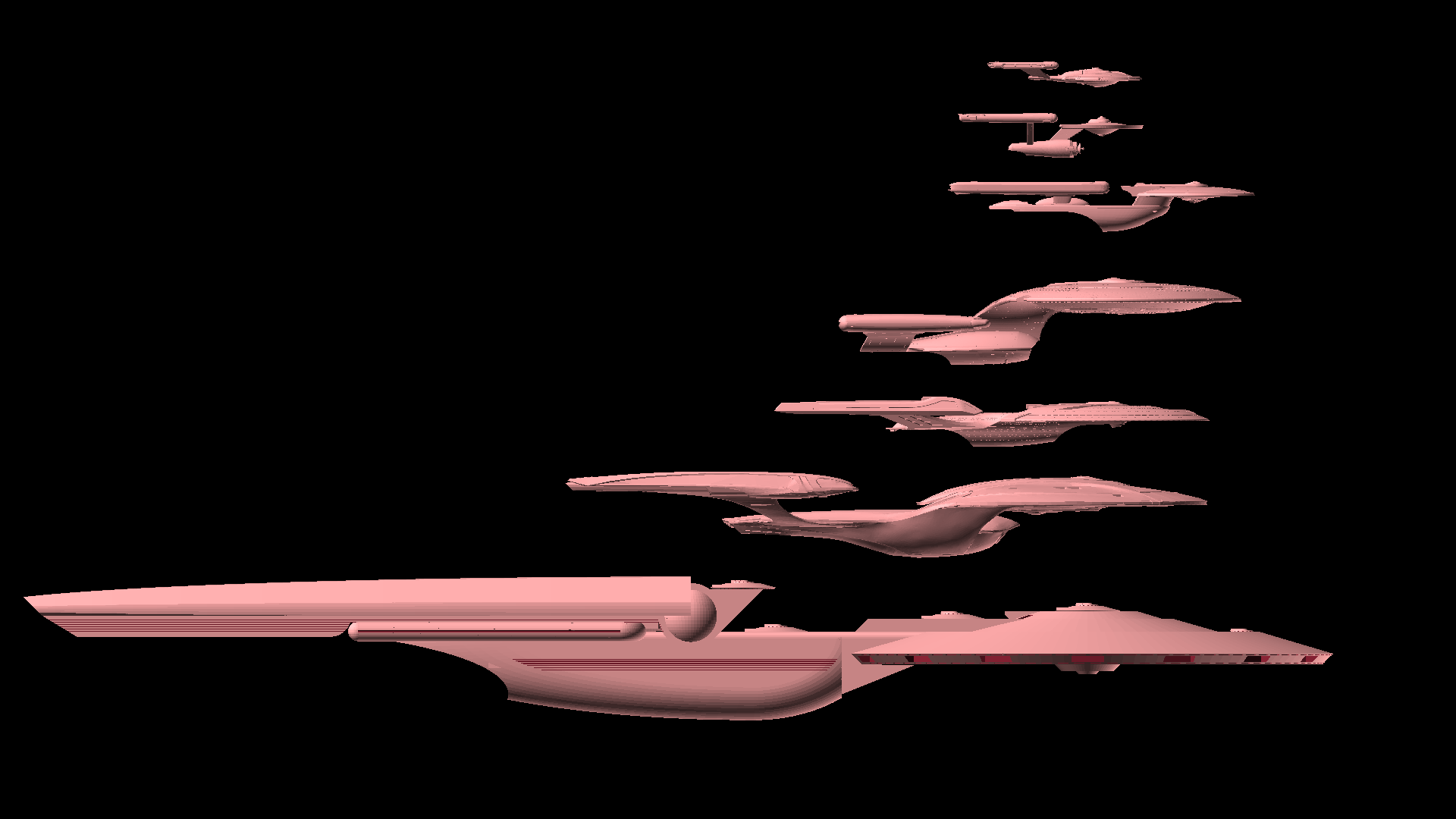
The Atlas is nominally intended to be on 20 year deep space missions between refits. But realistically the expectation for such ships is that once launched they become a world onto themselves, continuing exploration without intervention or support from Starfleet. Having industrial replicators on board, the Atlas doesn’t even have to be physically present at a starbase for refits - it can download the specs and do a refit wherever it is.
History
The Atlas program was started right as the Galaxy Class was being constructed as a future replacement for the Galaxy Class. In it’s original form the Atlas was a single ship with massive hangars combined with the main saucer that would hold Nova sized vessels for mission specific exploration.
But after the Dominion war the whole program was put on hold as Starfleet was not in favor of sending civilians in a starship, not to mention presenting such a large target. It was noted that an Atlas (in its original design) could carry up to 8 Defiant class ships, but it was much cheaper and easier to just send 8 Defiants to any situation than to send an Atlas and deploy them.1
At the same time Starfleet was exploring the Multi-Vector Assualt paradigm, the Atlas team decided to incorporate some of the principles from that approach and sell the Atlas as what eventually turned out to be 7 separate ship types that join up as one or can operate independently.2
This approach was much more successful as individually, most of the components of the Atlas found enough of a niche to justify the entire ship.
Structure
The Atlas is a fairly conventional looking starship, looking deceptively delicate due to the scale of the ship.
The Atlas is an amalgamation of 7 types of ship, each of which can operate independently in a specialized or generic role.
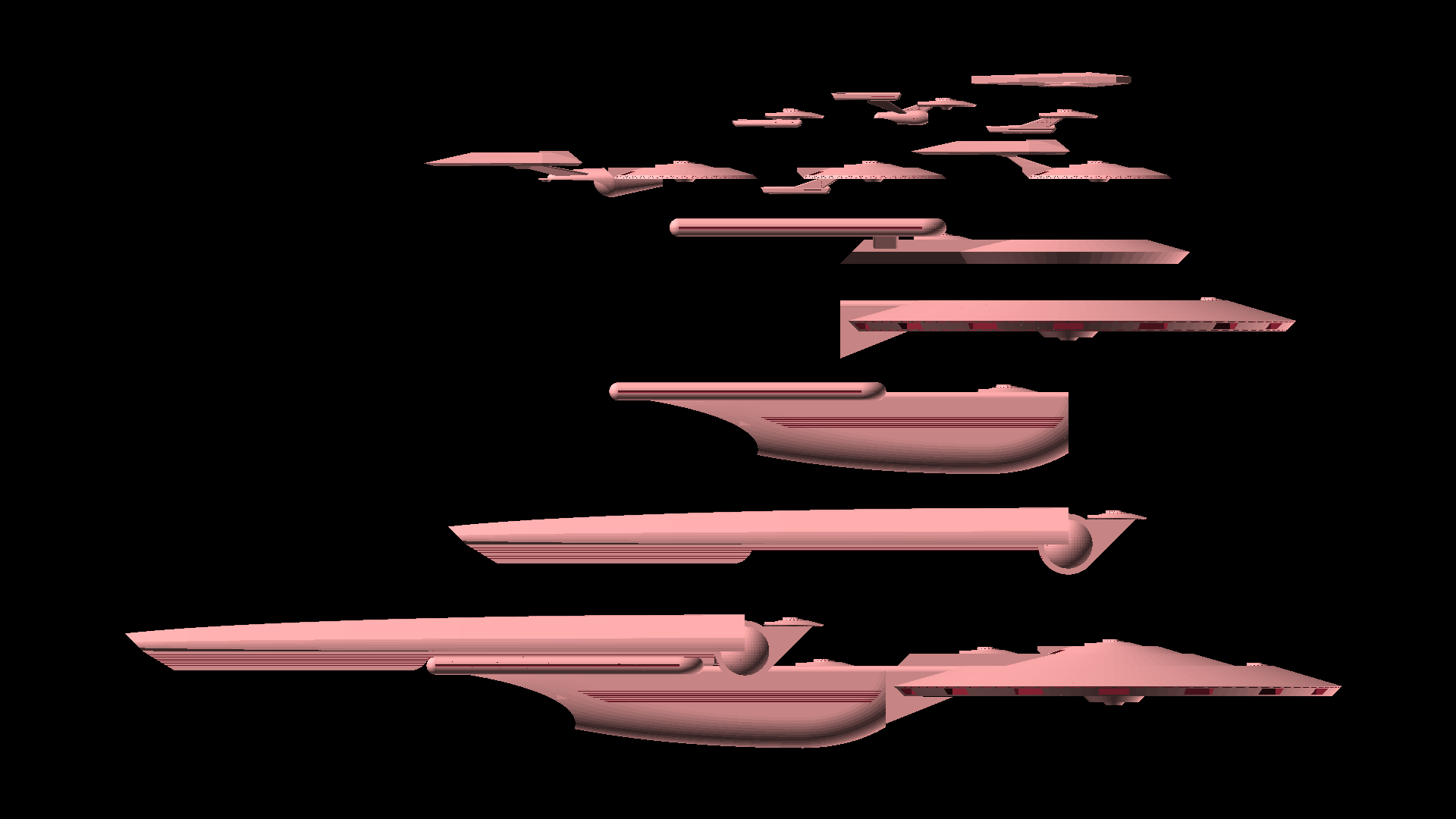
Atlas-A Class
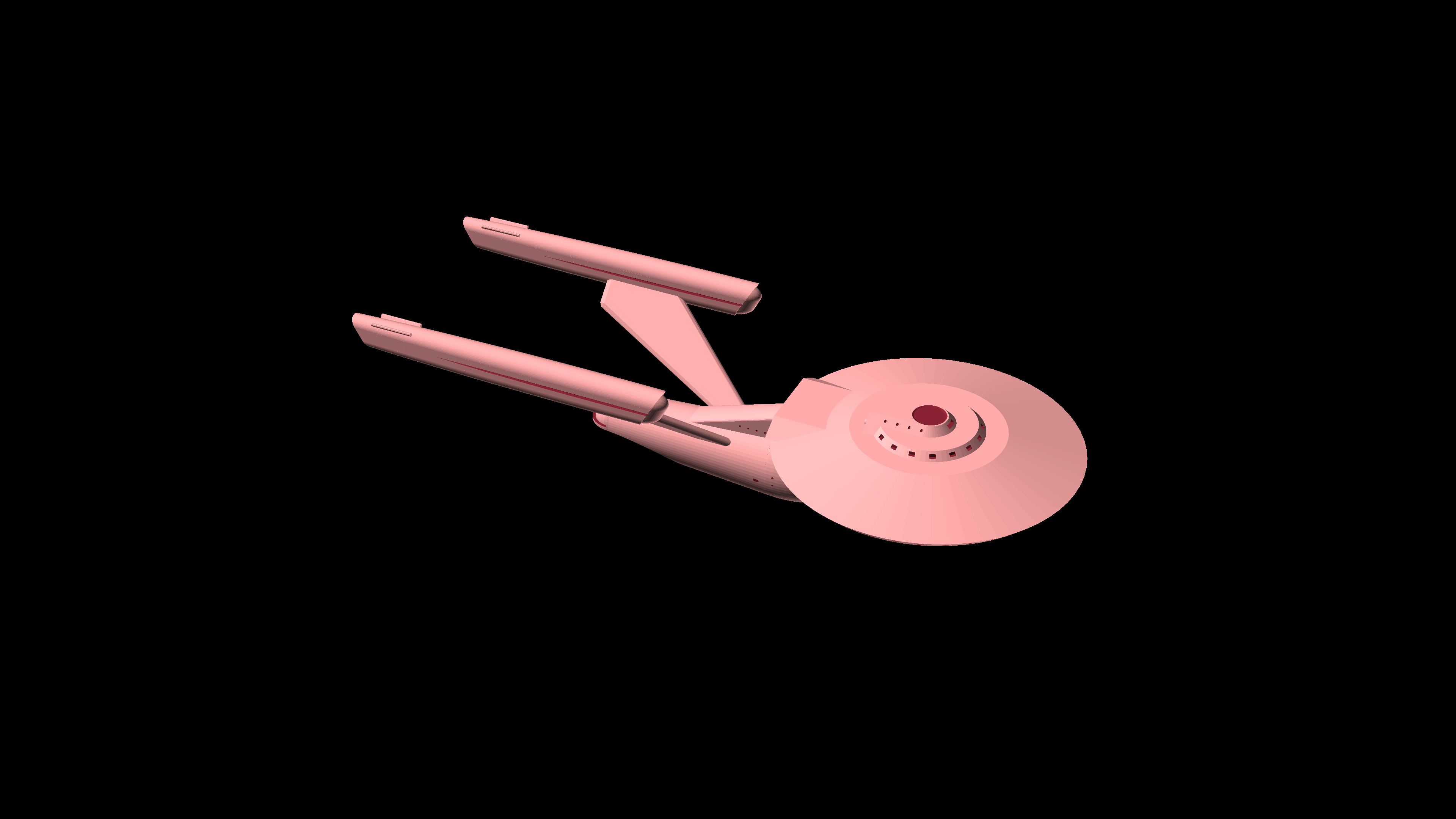
Atlas-A Class Light Cruiser and Diplomatic Vessel
Stats
- Length: 239m
- Width: 100m
- Height: 54m
- Decks: 16
- Crew Capacity: 180
- Warp Speed
- Cruising: Warp 7
- Peak: Warp 9.8
Description
The Atlas-A class acts as the command module and bridge of the Atlas in regular operation but also doubles up as a light cruiser capable of versatile roles.
The Atlas-A class is roughly the size of a Nova class and used in rougly the same capabilities - as a light explorer, a command flagship or a diplomatic vessels.
the Atlas class also has multiple A class primary hulls on its other components, which can be combined with secondary hulls to form additional explorers.
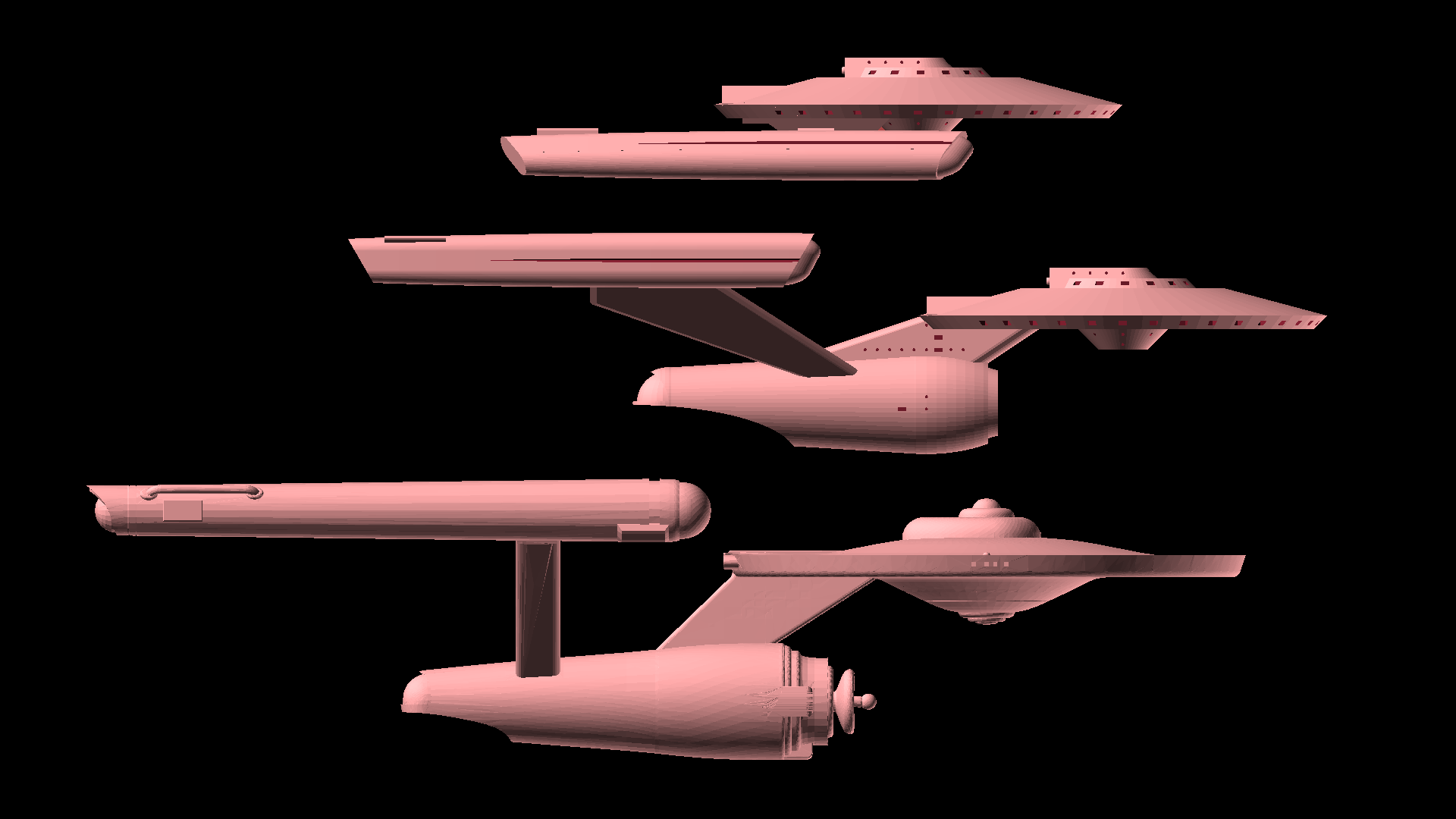
Structure
The Atlas-A class is built on the standard class 1 habitat

This 100mx100mx15m structure is a self contained habitat with a command bridge, various labs, living areas, common areas, sickbays, a brig and even a small shuttlebay.
The class 1 habitat has a small warp core just about enough to power the whole habitat and the impulse engine. It can be used as a standalone space or ground station, or can be combined with a class 1 warp engine to form a light scout
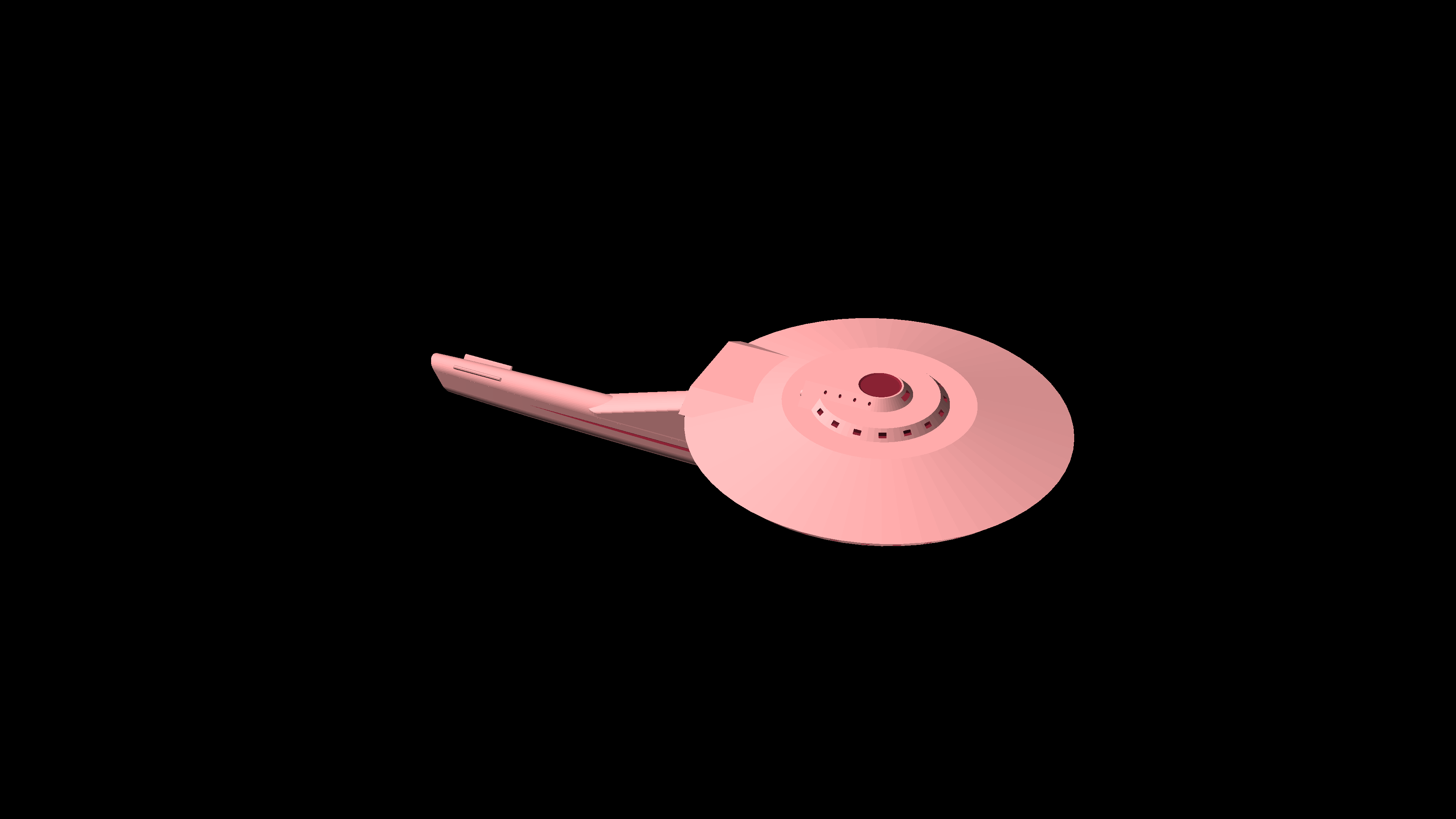
or with a class 1 secondary hull to form the more common configuration shown above.
Auxillary vessels
- Type 20 small shuttles
- Bumblebee shuttlepods
Atlas-B Class
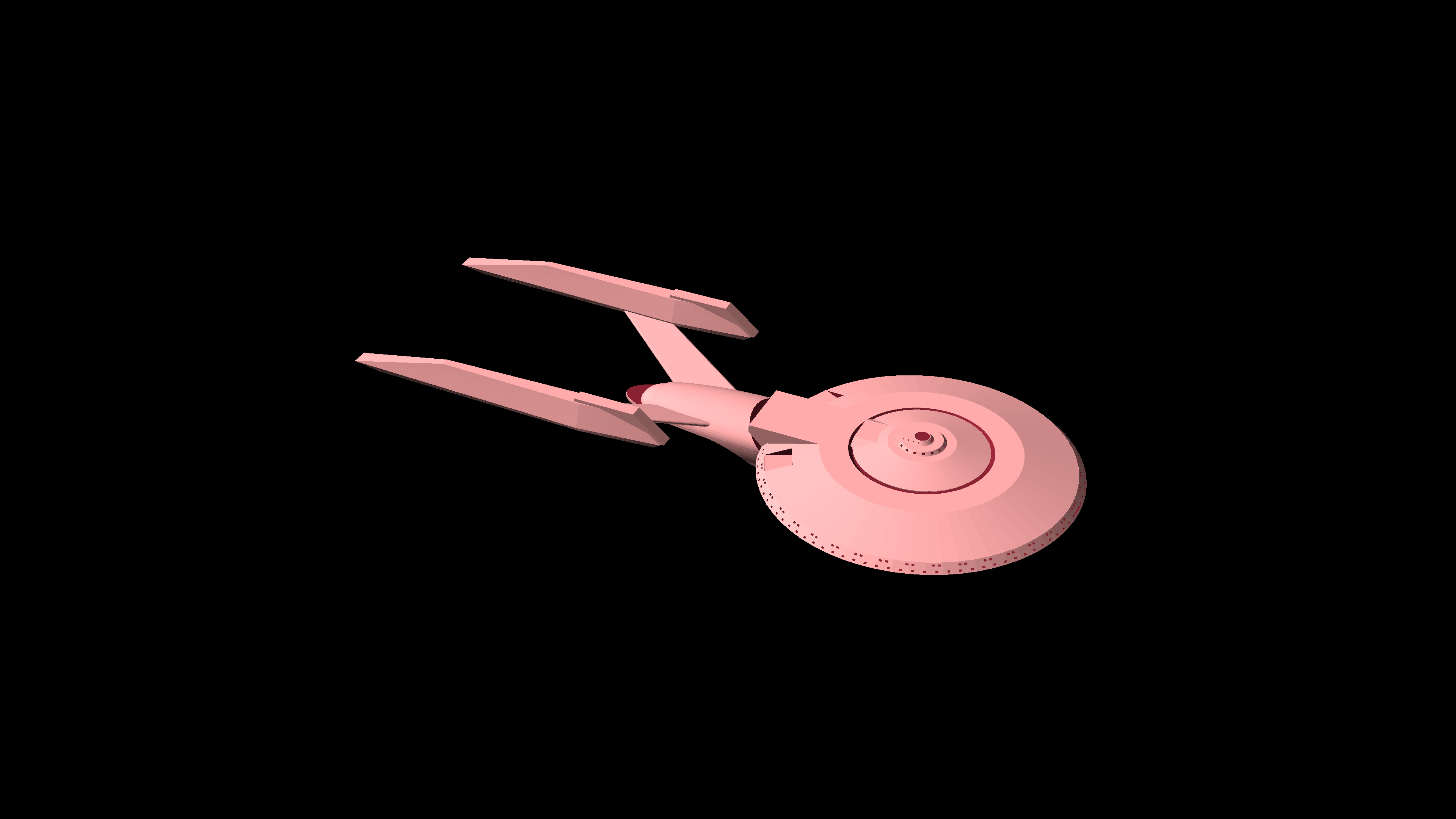
Atlas-B Class heavy explorer
Stats
- Length: 549m
- Width: 240m
- Height: 76m
- Decks: 20
- Crew Capacity: 1200
- Warp Speed
- Cruising: Warp 7
- Peak: Warp 9.95
Description
The B-class is an enhancement of the A class which forms the main command section of the Atlas ship normally but separates into a heavy cruiser if needed.
The B-class is between an Excelsior and a Sovereign and is used in pretty much the same capability - as a command cruiser or as a space control vessel.
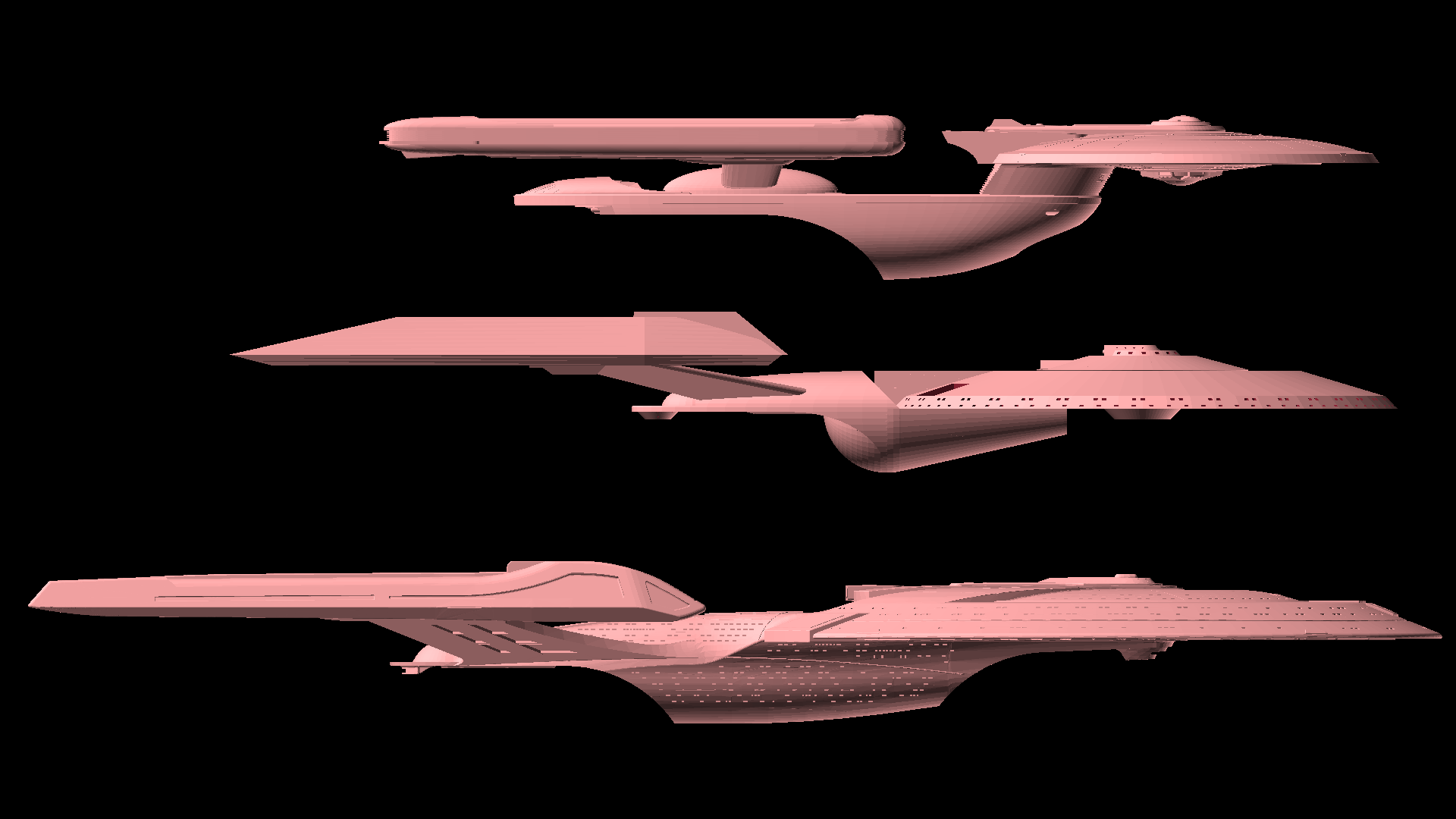
Structure
The B-class is built on the class 2 habitat, which enhances the class 1 habitat with additional living areas, additional weapons, and a more powerful reactor and impluse drive.

The class 2 habitat is normally used as a strategic space station, but can be combined with class 1 engines to form a light explorer
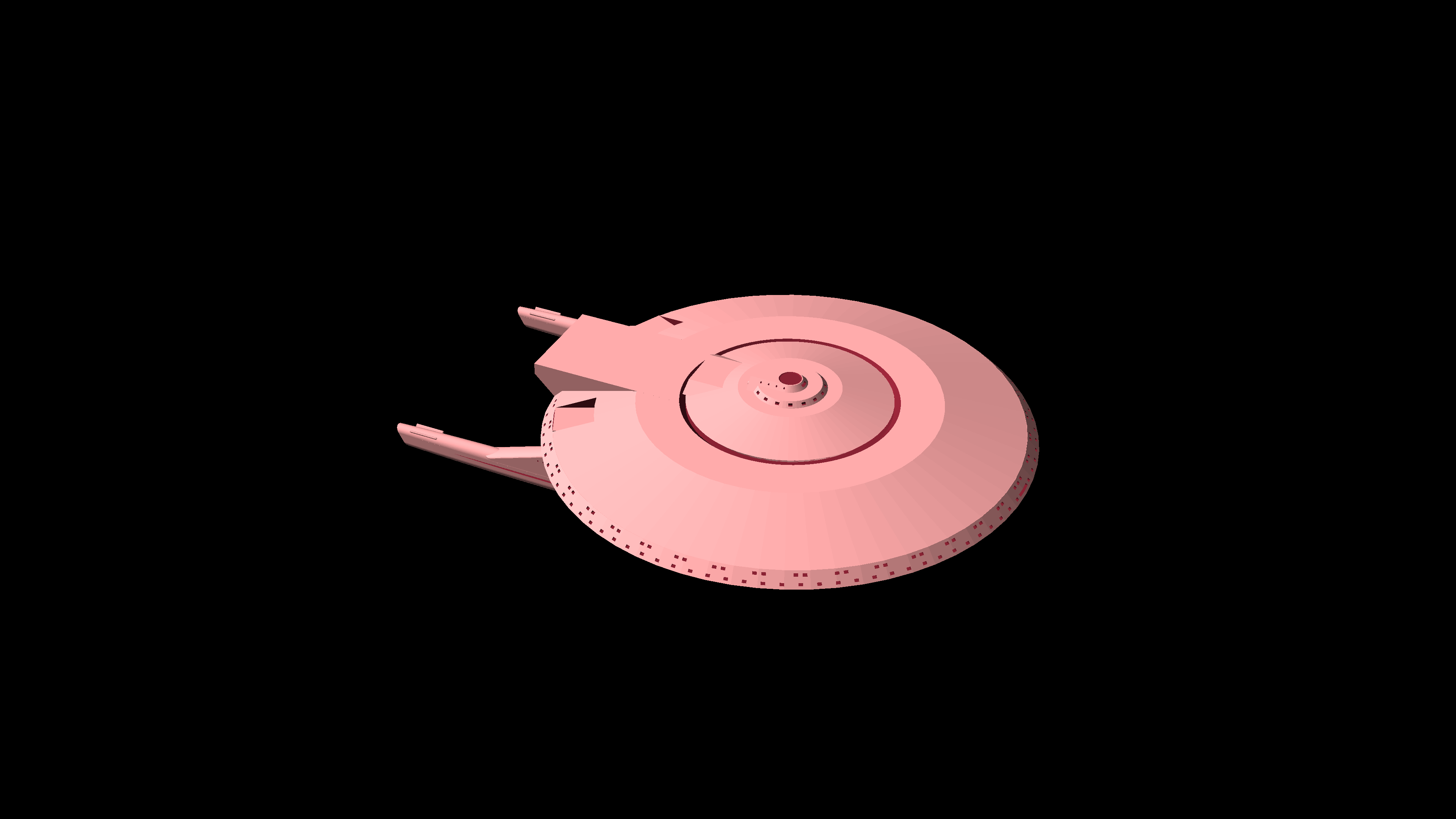
or with a class 2 engine to form a destroyer/scout
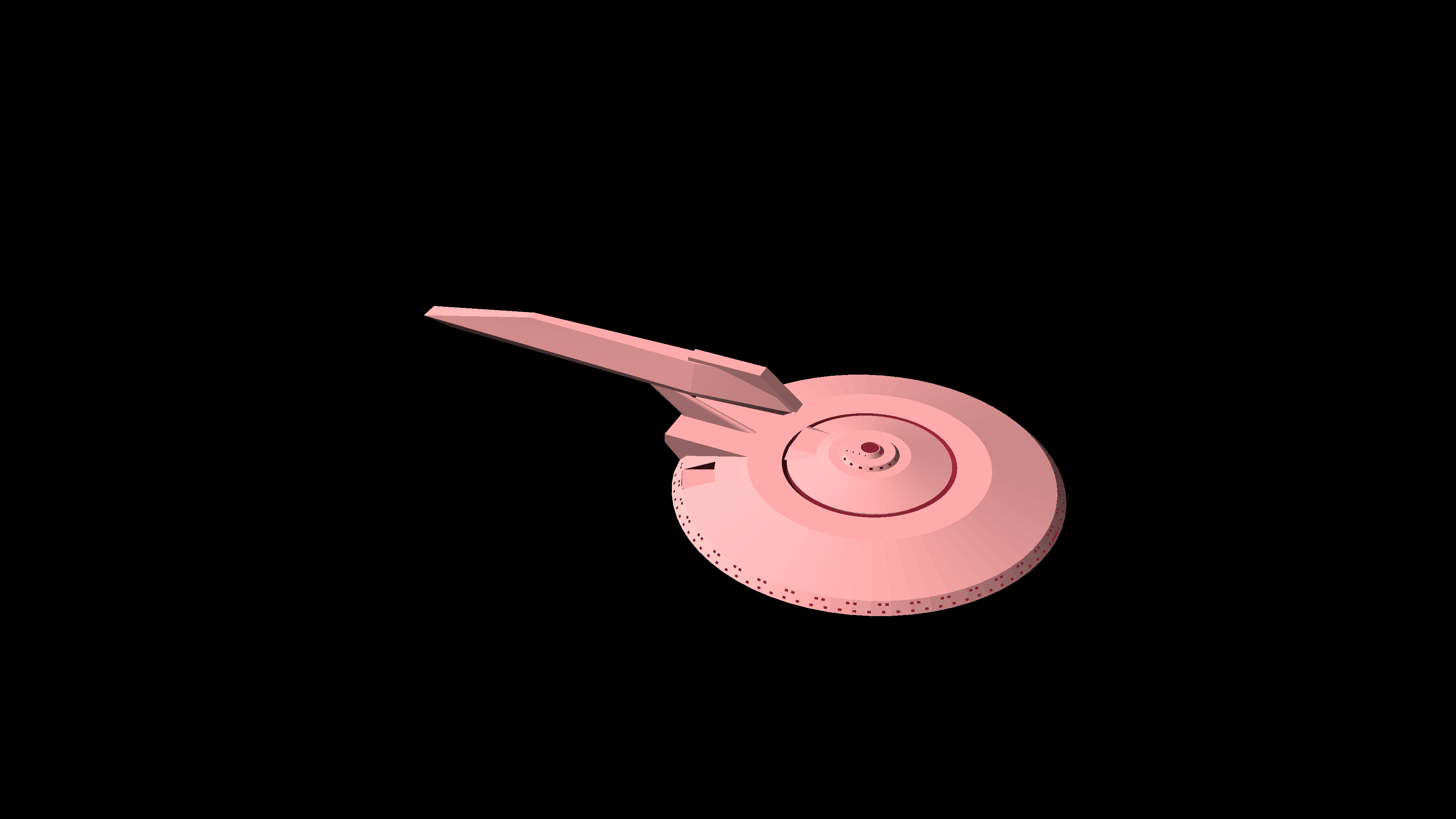
or with the class 2 secondary hull with its massive 150m hangar to form a space control vehice as show above.
Auxillary vessels
- Type 20 small shuttles
- Bumblebee shuttlepods
- Type 23 medium shuttles
- Type 3 large shuttles
- Pirahna class fighters
Atlas-C Class
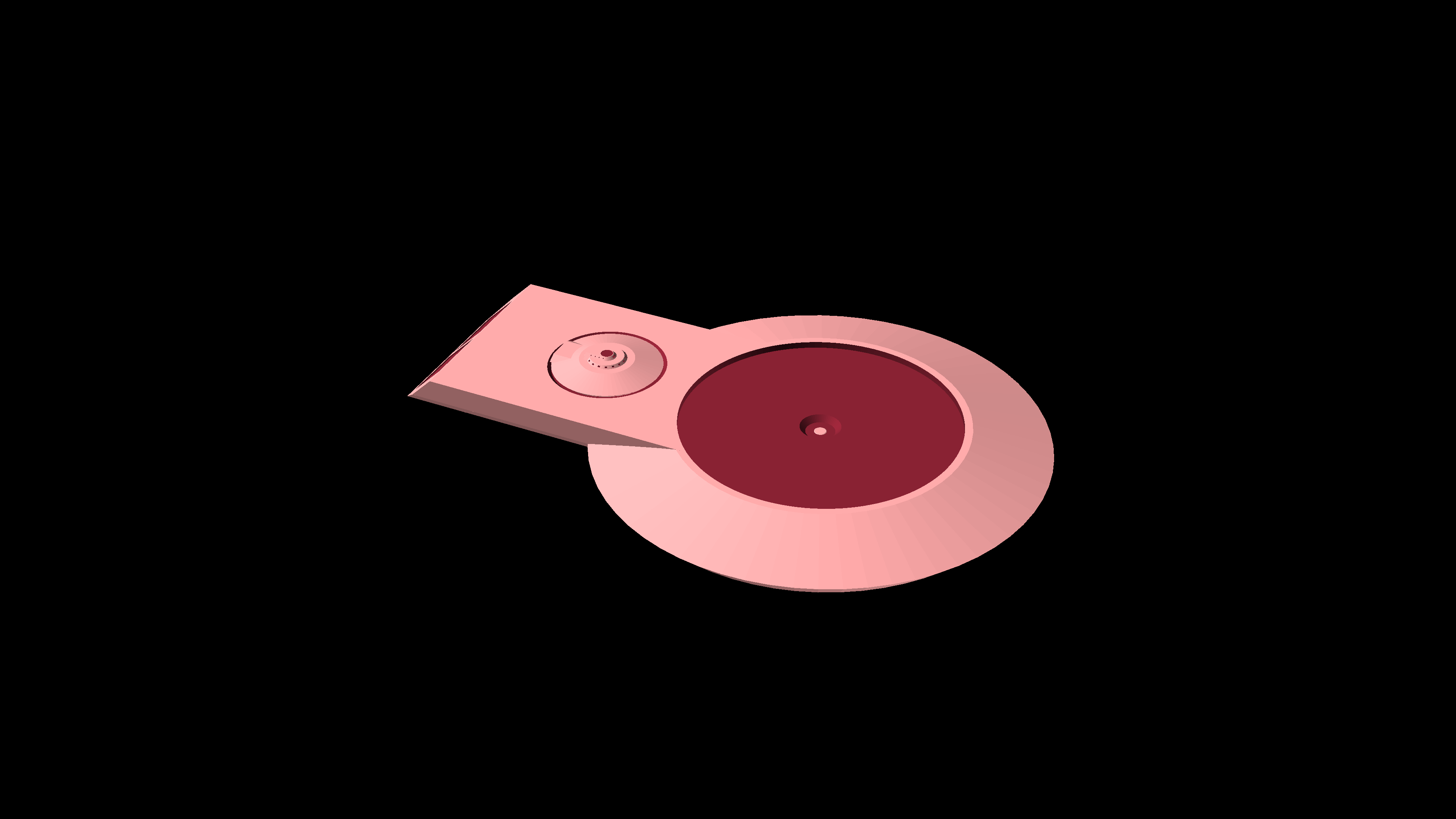
Atlas-C Class large scientific vessel
Stats (for super heavy cruiser configuration)
- Length: 855m
- Width: 400m
- Height: 75m
- Decks: 16
- Crew Capacity: 3000
- Warp Speed
- Cruising: Warp 6
- Peak: Warp 8.5
Description
The C Class is closest to the original pre-dominion design of the Atlas. The notable feature of having an extremely large primary hull and large hangars for intermediate class vessels are still visible on this class.
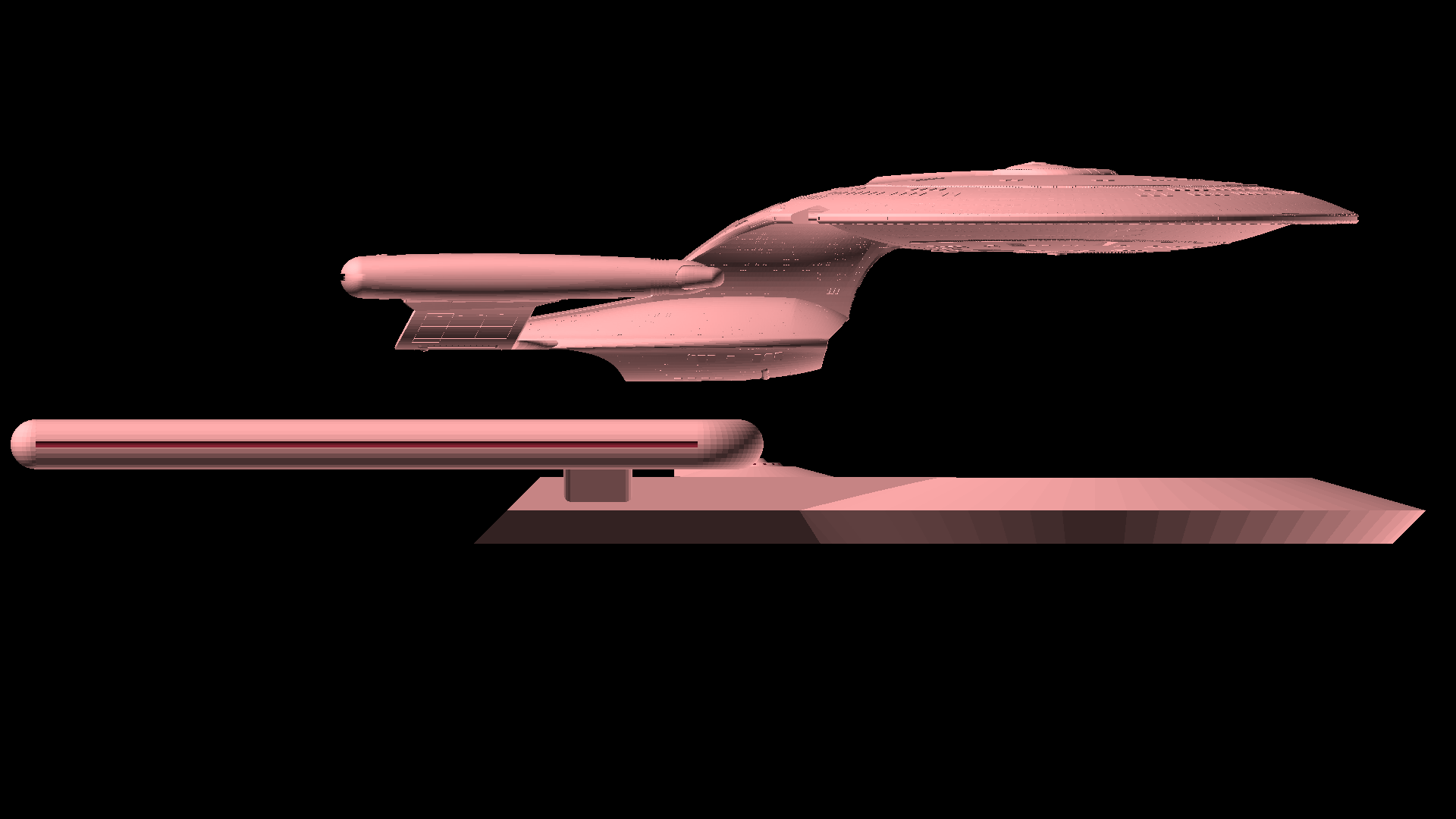
Structure
The main hull of the C class is a flat disk with the rear extended into a rectangular edge. The fore part of the saucer contains sensors, labs, living areas etc., while the aft section is dominated by four large hangars which can hold intermediate vessels.
A class 1 habitats forms the command section of this vessel, which can also detach to form an independent explorer ship.
The C class primary hull can be combined with class 2 warp engines to form an independent explorer combination:
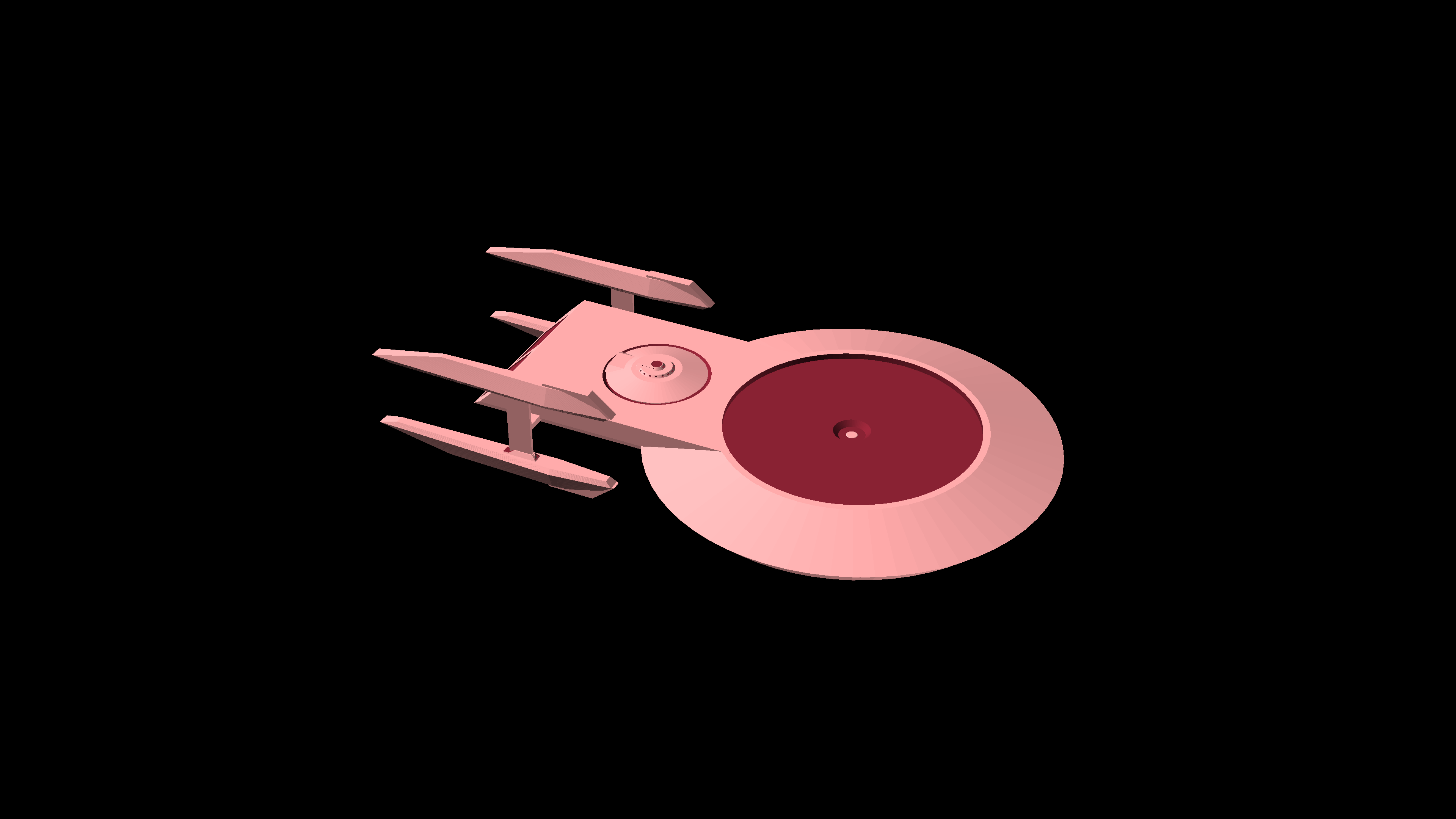
or it can be combined with 2 class 3 engine to form a super heavy cruiser
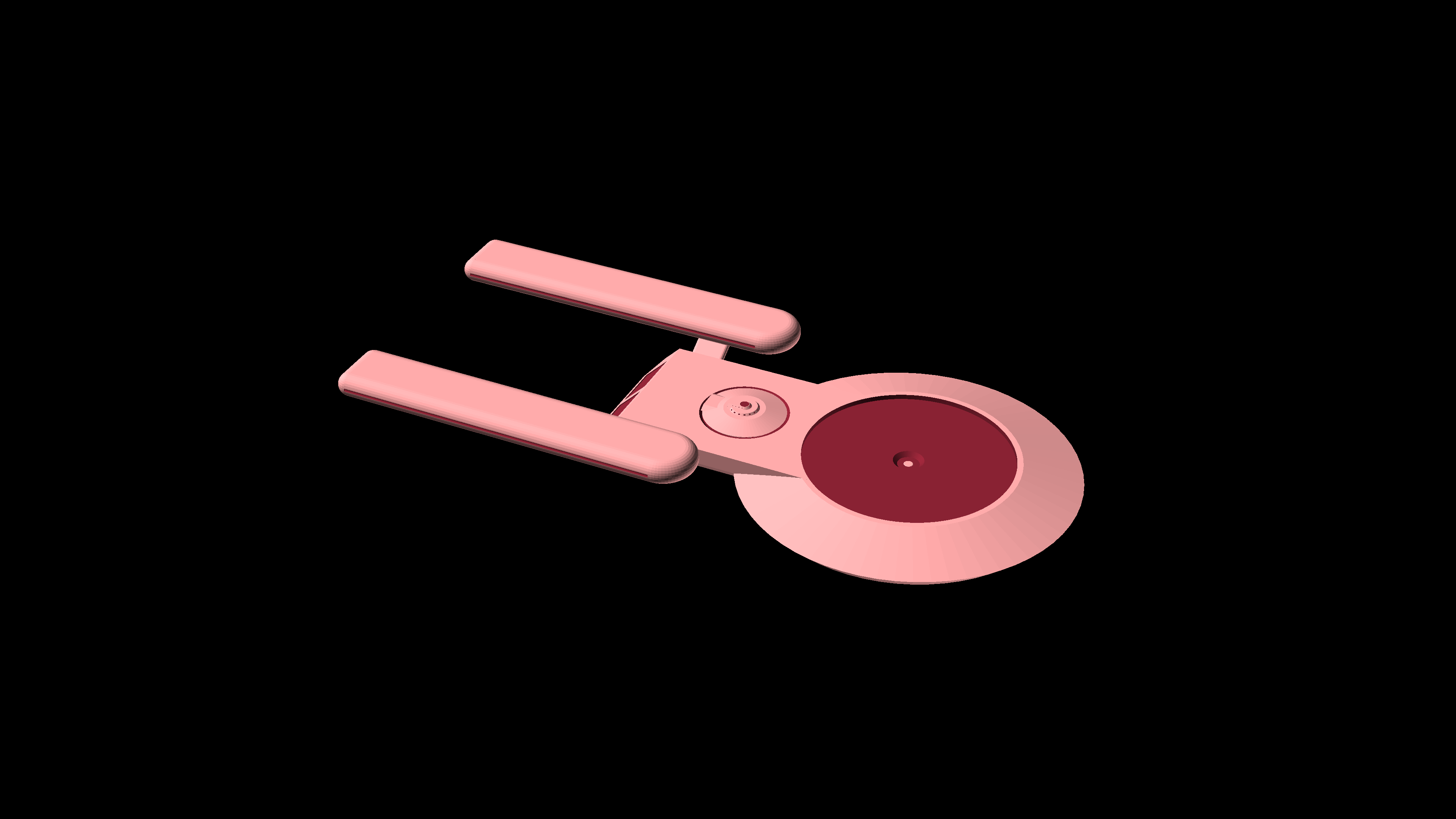
Auxillary vessels
- Intermediate ships
- Orca class light corvettes
- Raven class science vessels
- Orbit class Yachts
- Shuttles
- Type 20 small shuttles
- Bumblebee shuttlepods
- Type 23 medium shuttles
- Type 3 large shuttles
Atlas D class
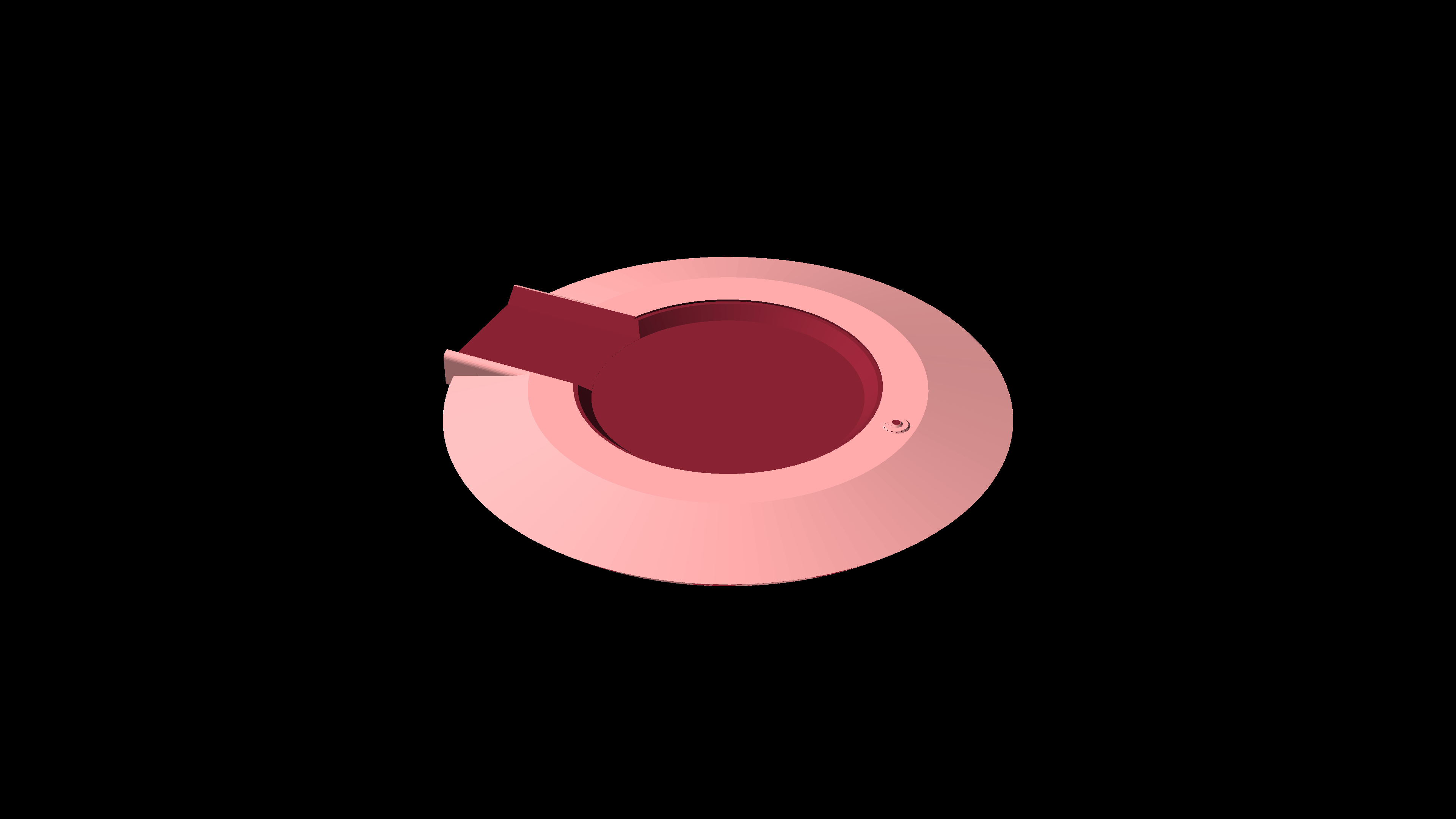
Atlas D class starbase
Stats
- Length: 750m
- Width: 750m
- Height: 100m
- Decks: 30
- Crew Capacity: 10000
- Warp Speed: NA
Description
The D Class is nothing less than a complete starbase, with administrative areas, living areas, commercial enterprises and hangars for shuttles and runabouts. It is like a self-contained city in space.
This city contains long term residence for colony members intended to extreme long term transport, as well as accomodation for crew of all components of the Atlas class.3
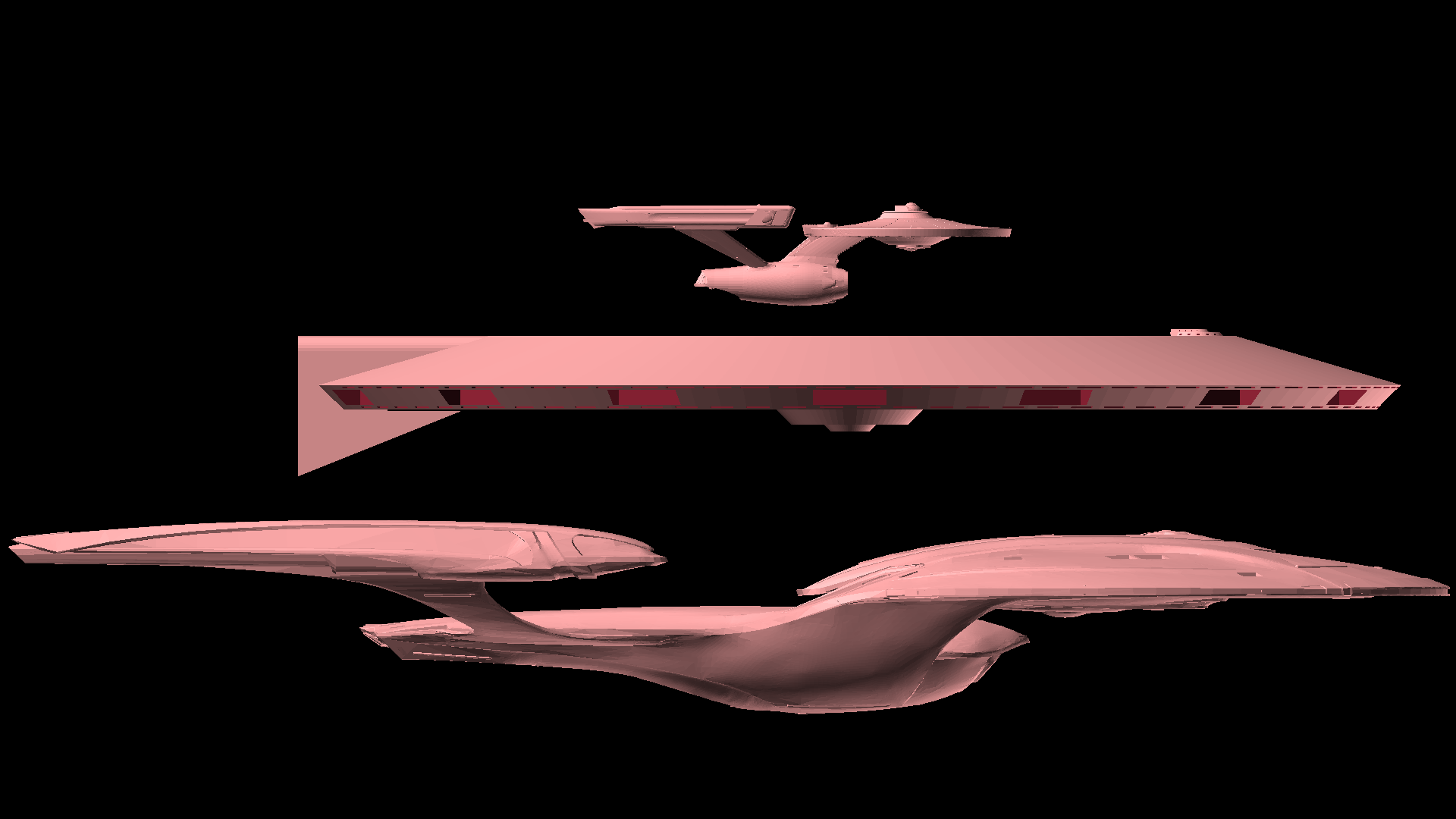
Structure
The D-Class from the outside can be differentiated into two parts; the main saucer itself, which is 750m wide and 50m tall. This is in effect a whole city with living areas, schools, colleges, hospitals, parks, etc.
The secondary hull is a smaller cylindrical area affixed to the bottom of the main saucer. The last 3 decks of the secondary hull comprise the main shuttlebay.
Auxillary vehicles
- Type 3 large shuttles
- Amazon Class runabouts
- Mako class tactical runabouts
- Ganges class heavy runabouts
- Orca-A class heavy tactical runabouts
Atlas-E Class

Atlas-E Class Super carrier
Stats
- Length: 754m
- Width: 480m
- Height: 151m
- Decks: 45
- Crew Capacity: 250
- Warp Speed
- Cruising: Warp 5
- Peak: Warp 9
Description
Calling the E-class a carrier would be doing it a disservice; the E-class is nothing less than a mobile shipyard capable of repairing full size starships (even something as large as an Excelsior class), and outright manufacturing small to intermediate sized ships while the E-class itself is at warp.
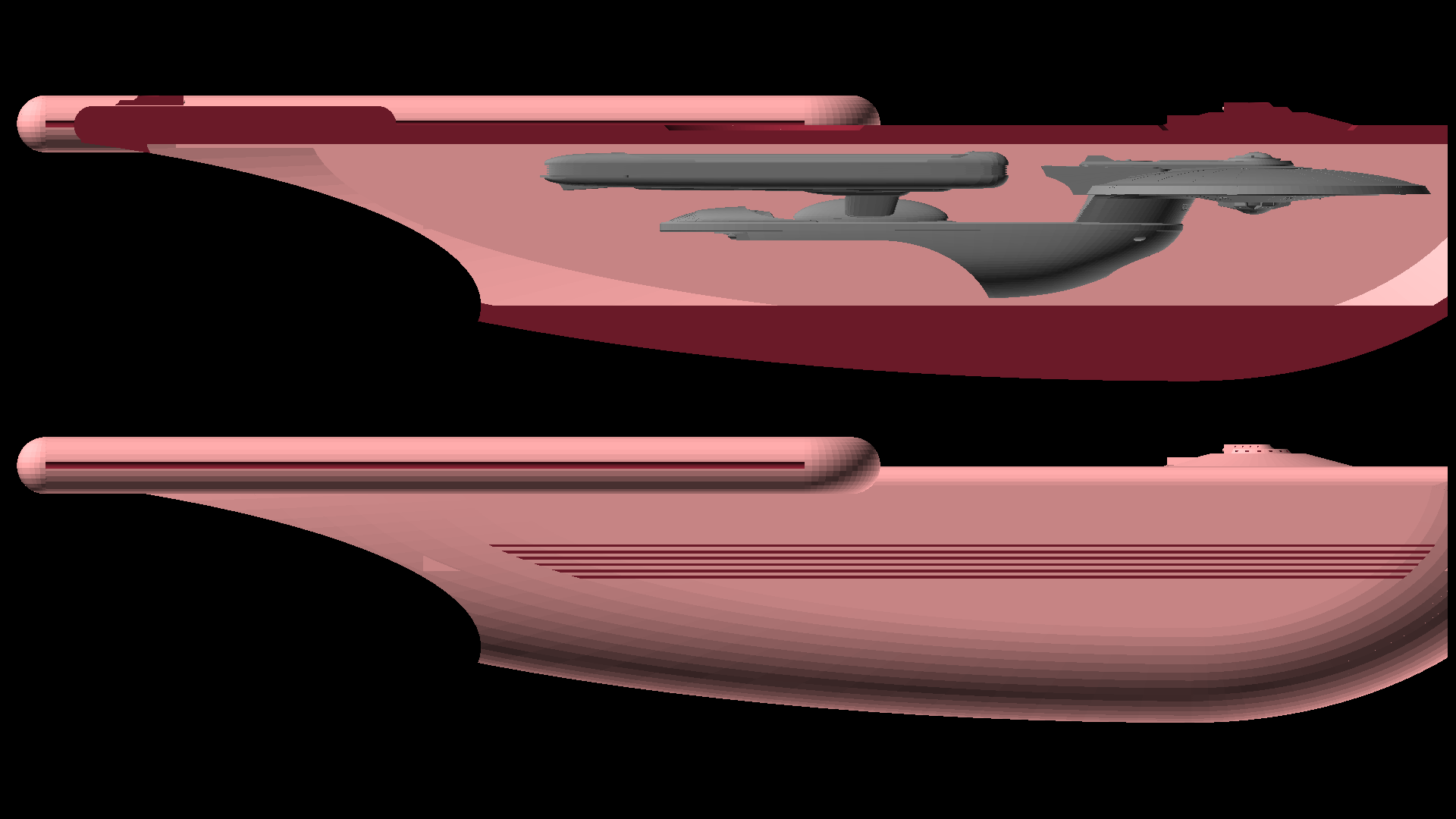
The ship contains its owm industrial replicator and is used as the main ship factory of the Atlas group.
Structure
The ship looks almost entirely secondary hull. The main hangar is big enough to hold full size ships, and the industrial replicator situated at the bottom of the ship can replicate any spare part on the fly.
The aft portion of the ship contains a 200m wide, 100m long three deck tall shuttlebay.
Auxillary vehicles
- Full size vehicles
- Intrepid class cruiser
- Constitution class cruiser
- Excelsior class cruiser
- Saladin/Hermes class
- Nova class cruiser
- Defiant class escort
- Steamrunner class escort
- Norway class
- Saber class
- Intermediate ships
- Orca class light corvettes
- Raven class science vessels
- Orbit class Yachts
- Shuttles
- Mako class tactical runabouts
- Pirahna class fighters
Atlas-F Class
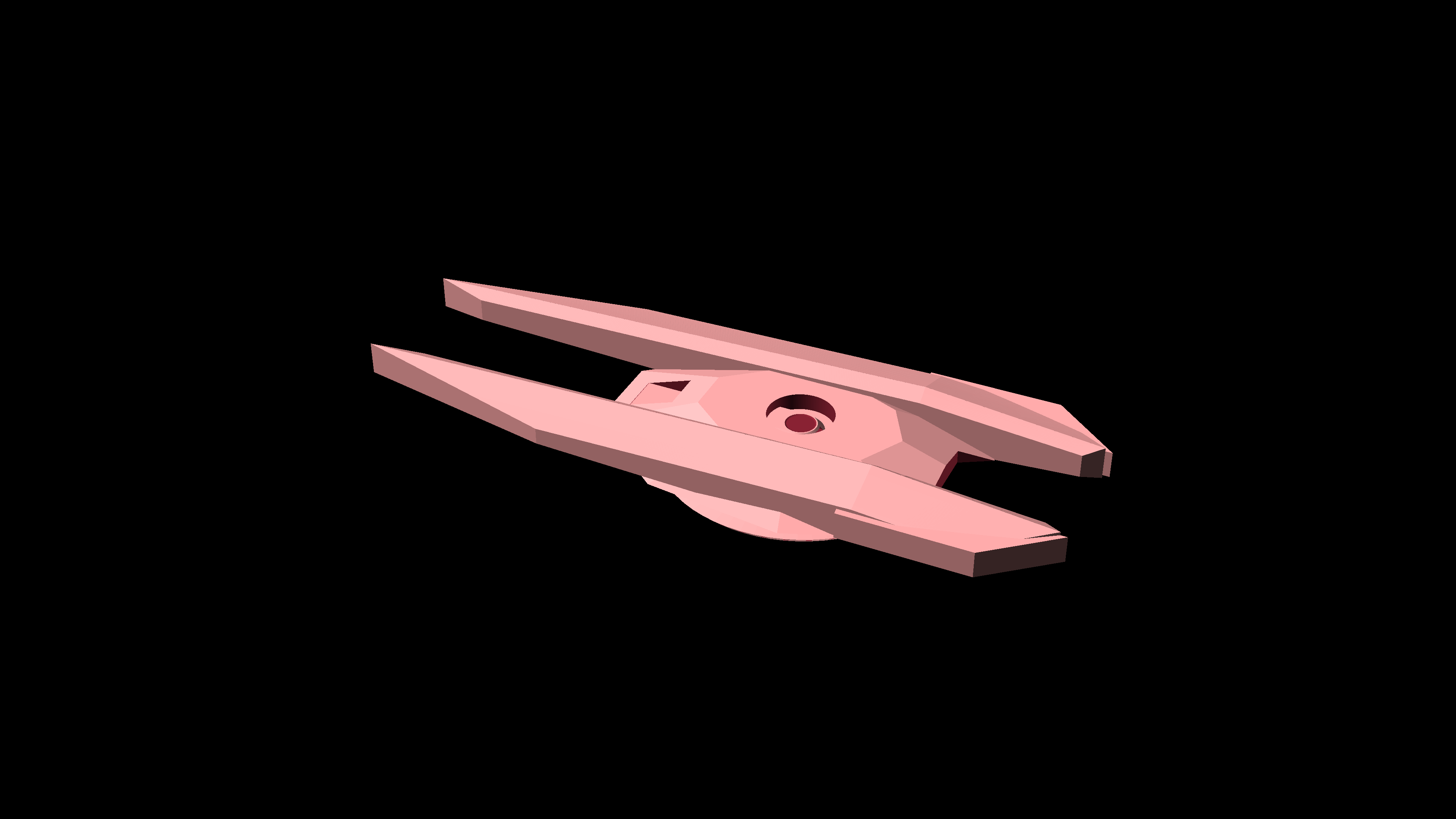
Atlas-F Class Escort Carrier
Stats
- Length: 262m
- Width: 100m
- Height: 25m
- Decks: 6
- Crew Capacity: 50
- Warp Speed
- Cruising: Warp 7
- Peak: Warp 9.9
Description
The F class is a dedicated escort vessel for the Atlas group.
It is comparable to a Saber in size and function and is built with two aims in mind:
- Fit in the space above the main hangar of the E-class
- Not win any beauty contests
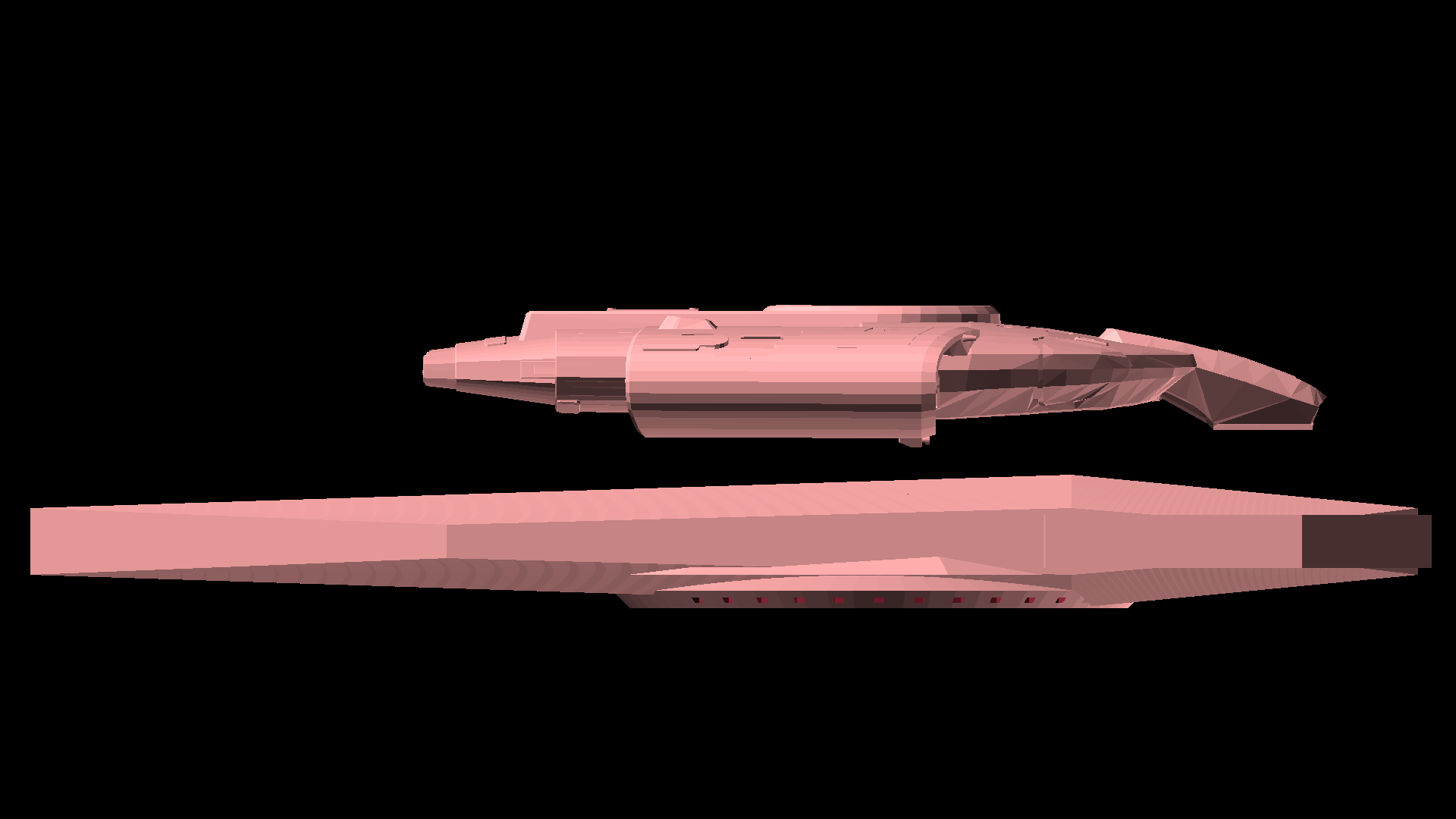
Structure
The F class combines a class 1 primary hull with integrated warp engines, class 2 warp nacelles and lots of armor. The class 1 hangar has been extended to hold a wing of fighter craft.
The ship is chock loaded with sensors, phaser banks and torpedoes, so the crew capacity is less than what you would expect from a class 1 habitat.
Auxillary vehicles
- Pirahna class fighters
- Type 20 small shuttles
Atlas-G class
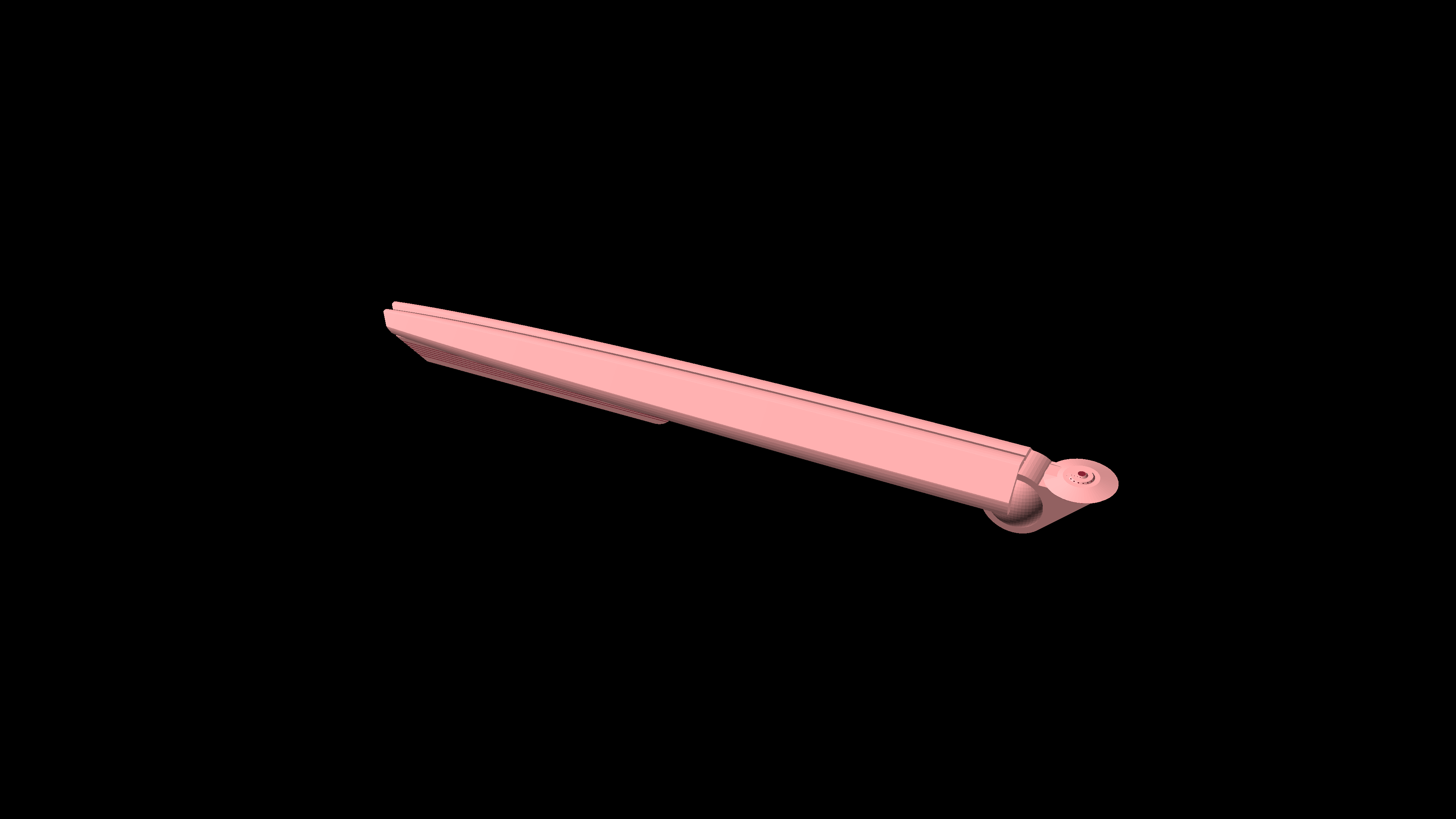
Atlas-G Class Super-heavy warp and transwarp tug
Stats
- Length: 1149m
- Width: 124m
- Height: 110m
- Decks: 30
- Crew Capacity: 100
- Warp Speed
- Cruising: Warp 9
- Peak: Warp 9.99
- Transwarp: TW10
Description
Unlike the other ships in the Atlas assembly, the G class is not a multi-role ship. It has only one role - to use its extremely powerful warp and transwarp engines to pull a super-heavy class object into its warp bubble and move it elsewhere.
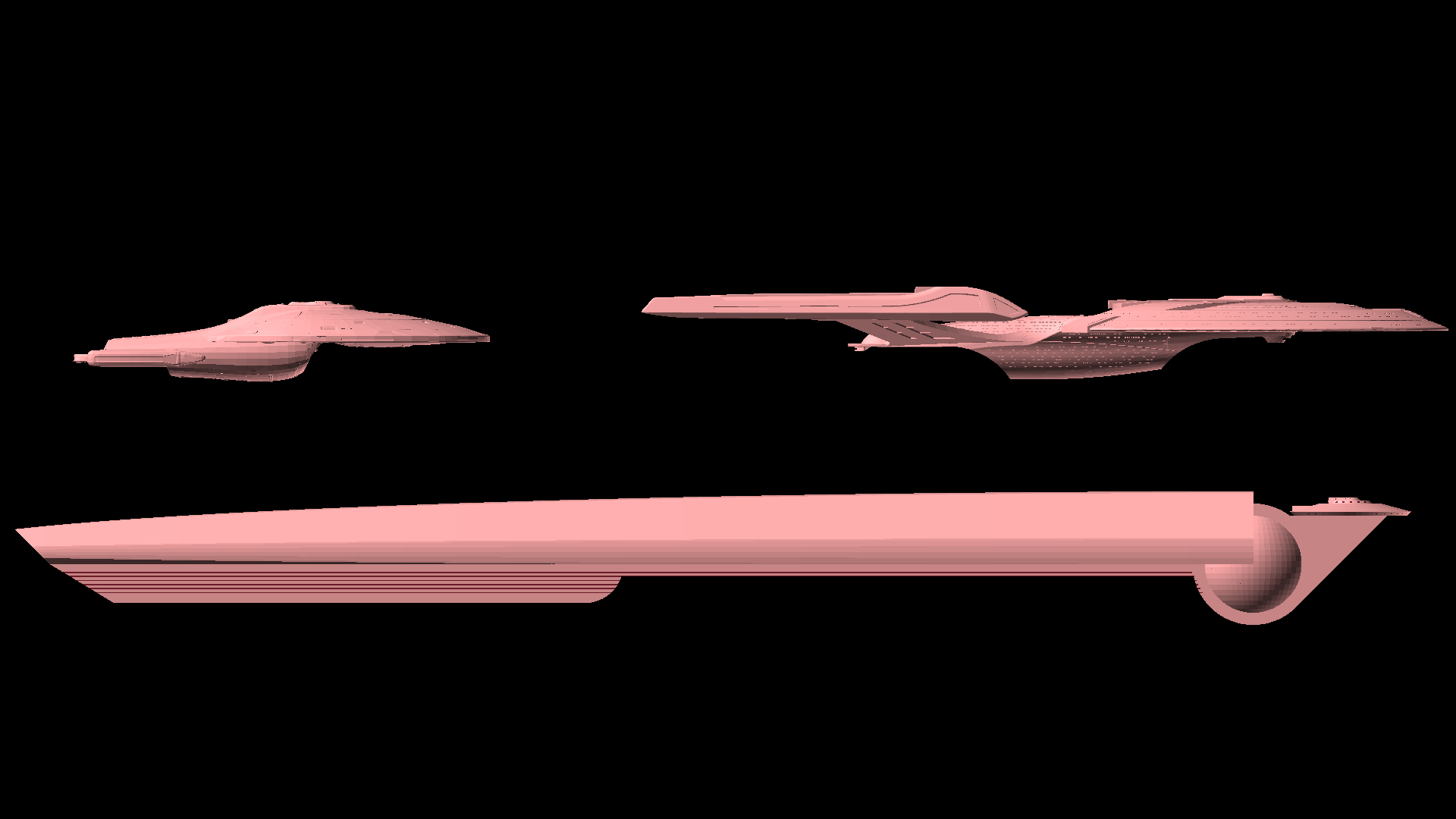
The G class can combine with up to 20 other G classes to create a warp bubble big enough to encase a full starbase or a small to medium asteroid.
Structure
Despite looking like a single unconnected warp engine, the G class is a proper starship. The primary hull is merged into the body of the secondary hull, as are the warp nacelles which line the entire ventral side of the ship. The dorsal side is a hangar cum cargo storage bay which can hold anything from shuttles and runabouts to minor starships.
Auxillary vehicles
- Intermediate ships
- Orca class light corvettes
- Raven class science vessels
- Orbit class Yachts
- Shuttles
- Mako class tactical runabouts
- Pirahna class fighters
Intermediate auxillary vehicles
These are vehicles that are too big to be a shuttle or a runabout, but smaller than even the small ships.
These are ships which lie in the 50m to 100m range.
These are also built based on class 0 habitat, which is used as the main bridge module on Atlas class ships. The class 0 habitat is 36m wide, has two decks, bridge and command essential areas and it’s own hangar capable of holding shuttlepods or workbees.
Raven class

Raven class science ship.
Stats
- Length: 84m
- Width: 40m
- Height: 16m
- Decks: 4
- Crew Capacity: 25
- Warp Speed
- Cruising: Warp 6
- Peak: Warp 8.8
Description
The Raven class is effectively an Oberth class updated to 25th century technology.
For its size the Raven is chock full of labs. It’s also built to limp back from damage that can destroy bigger ships, since the typical usage for this ship is to go where a full sized starship is too large to go.
Structure
As the Raven is in between a runabout and a full size starship in functionality so it is in structure - and you can see elements of both from the shape.
The topmost deck contains a hybrid bridge cum cockpit. The subsequent decks in the ‘saucer’ section have the labs, living quarters, messhall, sickbay, etc. The last deck is the engineering section which contains a standard class 0 warp engine.
Auxillary vehicles
- Bumblebee Shuttlepods
Orca class

Orca class light corvette
Stats
- Length: 70m
- Width: 36m
- Height: 10m
- Decks: 2
- Crew Capacity: 16
- Warp Speed
- Cruising: Warp 8
- Peak: Warp 9.9
Description
After the Dominion war Starfleet felt the need for ships that are substantially larger than the Peregrine class fighters, but still smaller than full size starships. The Defiant was famously effective but even that was too big to effectively engage the Jem’Hadar attack fighters.
The Orca was conceived as an intermediate spacecraft that ewould be cheap to build and deploy in numbers, but still durable and deadly enough to make an impact. The design team also decided to use the Orca as a proof of concept that the Multi-Vector paradigm scales down to smaller ships.
Another concept implemented in the Orca class was mutliple warp cores.
This makes the Orca a small and deadly ship that can punch several times its weight.
Structure
The Orca is a standard class 0 habitat, combined with two class 0 warp engines. The two engines can work in tandem to increase the performance and power, or as redundancies to each other. This feature is especially useful when the Orca fires its megaphaser which is powered directly by a warp core. Unlike other ships, which must restrict themselves to less than 50% of the power or take the risk of being dead in the water while the depowered warp core re-initializes, the Orca already has a backup ready to use.
Using warp cores in this way can make the warp field very unstable, which is why it’s not used more commonly. The Orca uses the instability to operate on repeated microjumps as its normal operating mode. This can make the Orca highly unpredictable by an adversary during combat manoeuvres.
The drawback of the Orca is that its engines consume antimatter very fast, limiting its range. This can be offset by combining the Orca with a standard class 1 single nacelle engine:
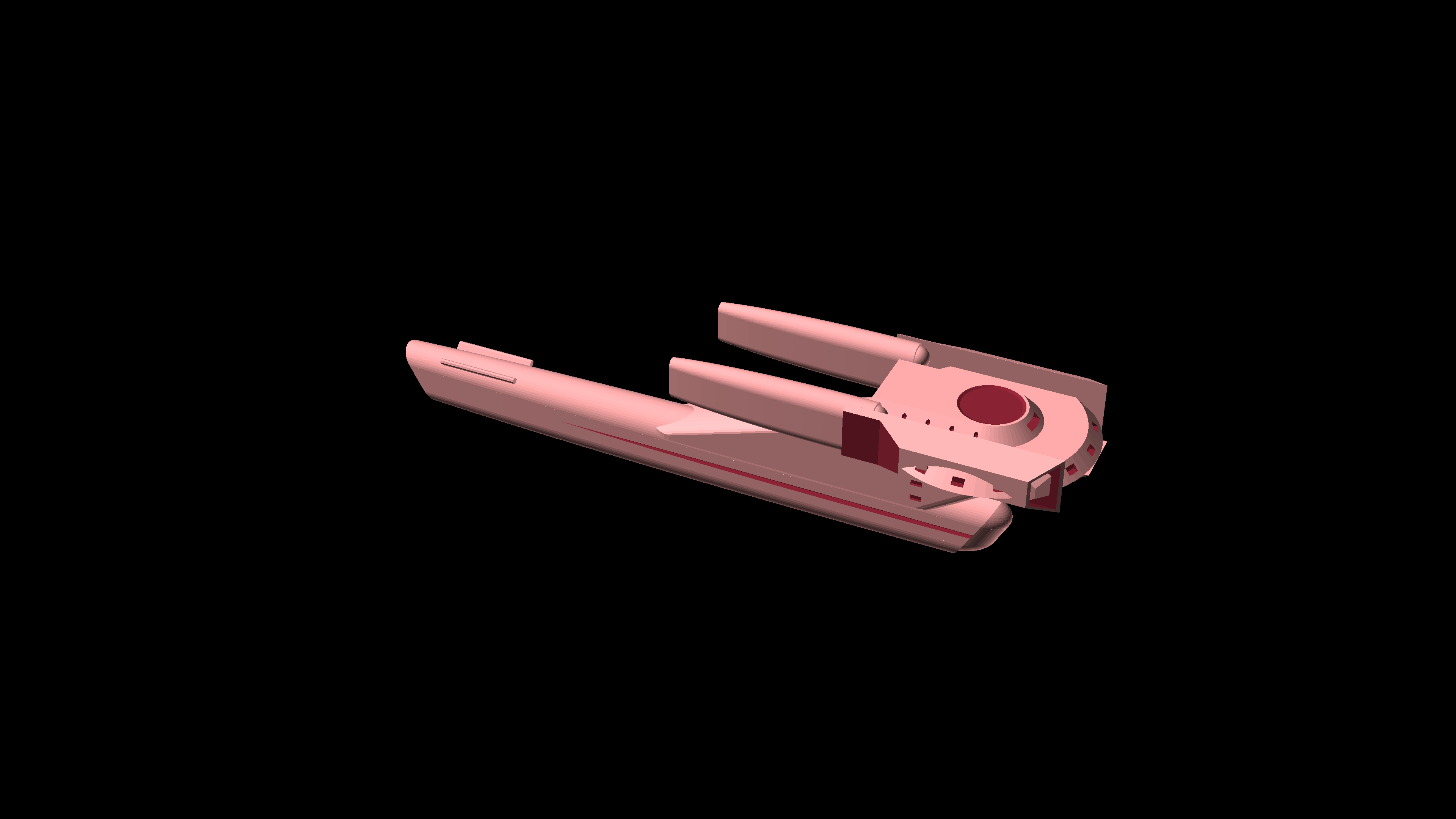
The Orca is detachable and re-attachable with the (slower) secondary hull, which makes this a multivector ship.
Auxillary vehicles
The Orca class contains a single Bumblebee class shuttlepod.
Orbit class
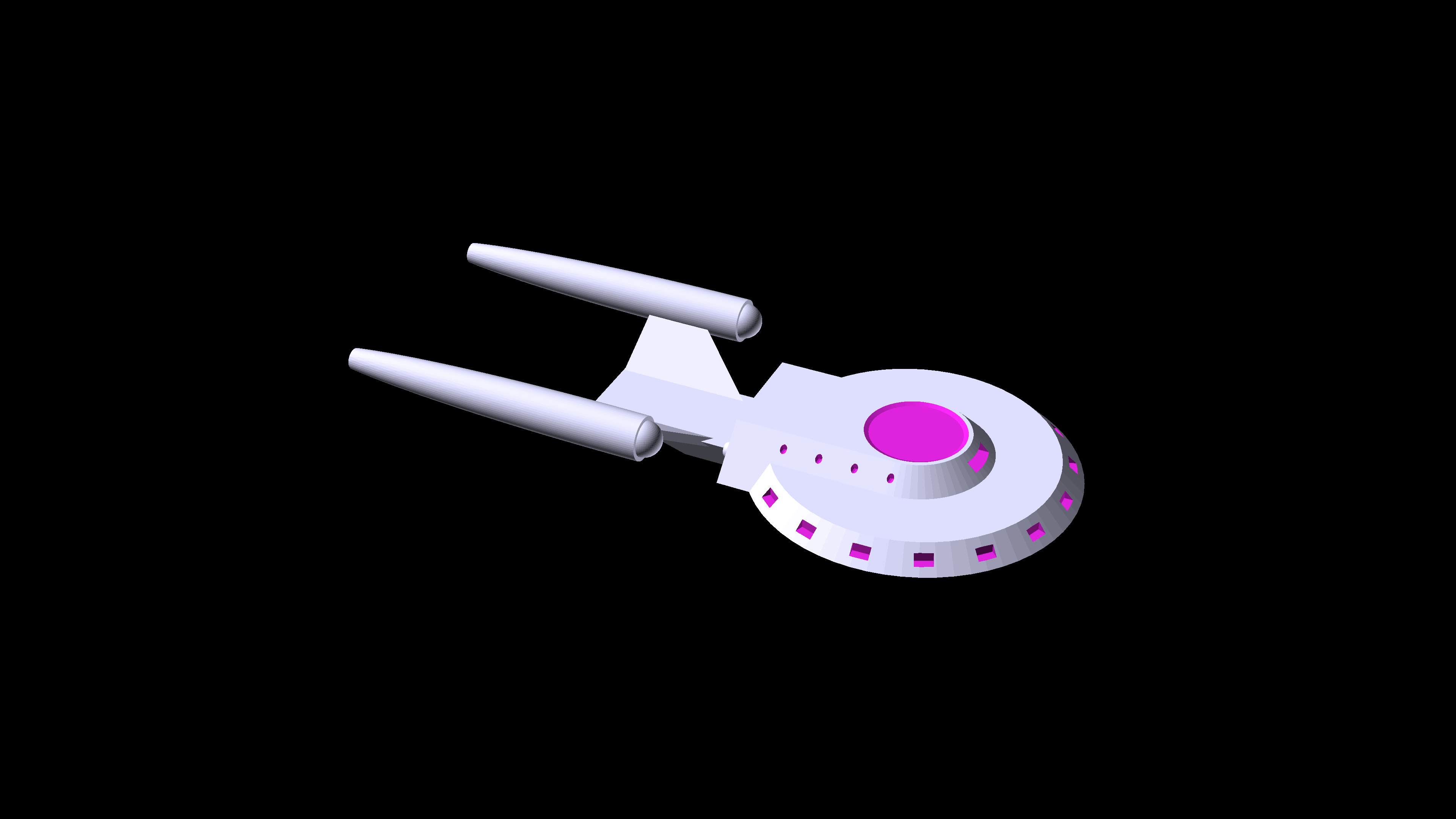
Orbit class yacht
Stats
- Length: 80m
- Width: 36m
- Height: 11m
- Decks: 3
- Crew Capacity: 15
- Warp Speed
- Cruising: Warp 5
- Peak: Warp 8.2
Descriptions
The Orbit class was designed when it was noticed that on most ships the Captain’s yacht was seldom used for the diplomatic functions it was intended for. The ship design team went about designing what a yacht would require for diplomatic missions.
Structure
The yacht looks like a full size shape at first glance. This is a deliberate choice - it was deciced that a starfleet first contact vessel should look like a starfleet vessel.
The Orbit combines a class 0 habitat with a standard class 0 warp core and two class 0 type 2 engines.
The interiors of the vessel are fairly conventional except that instead of science labs the saucer section has large luxury accomodations. In effect this is a glorified taxi ship although it does not lack sensors or scientific capabilities.
Auxillary vehicles
- Bumblebee Class shuttlepod
Iceland class
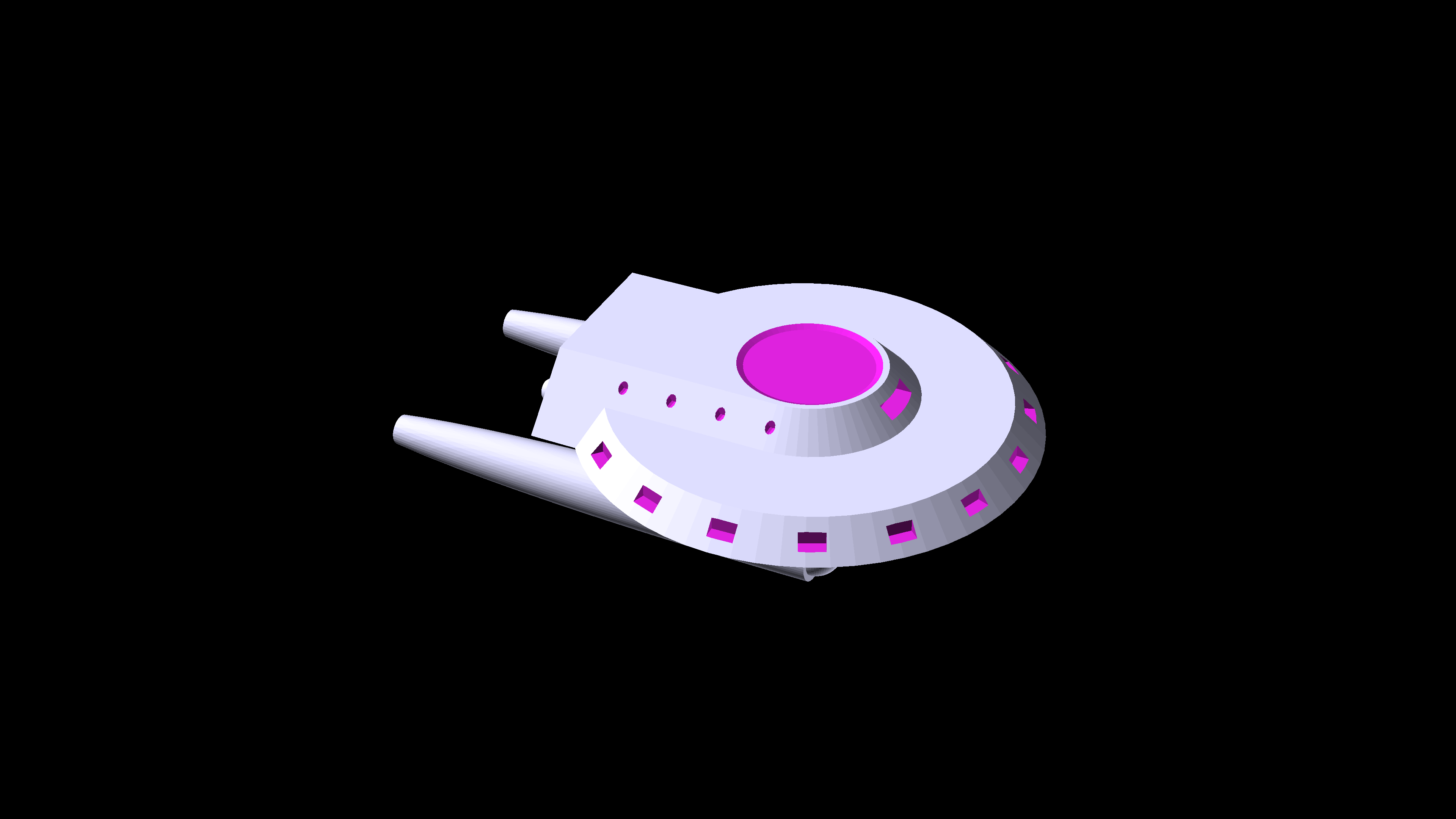
Iceland class yacht
Stats
- Length: 50m
- Width: 36m
- Height: 12m
- Decks: 3
- Crew Capacity: 30
- Warp Speed
- Cruising: Warp 4
- Peak: Warp 8
Descriptions
The Iceland class is a general purpose yacht which is bigger than a regular runabout, but smaller than a heavy runabout, although it has a higher capacity due to its 4 decks.4
Structure
The two deck primary hull sits on top of the secondary hull with the warp nacelles extending downwards. At the aft part is a small hangar able to contain workbees or a small shuttelpod.
The Iceland also combines a class 0 habitat with a standard class 0 warp core and two class 0 type 2 engines.
Auxillary vehicles
- Bumblebee Class shuttlepod
Conventional auxillary vehicles
These are regular sized shuttles and and runabouts.
Bumblebee class
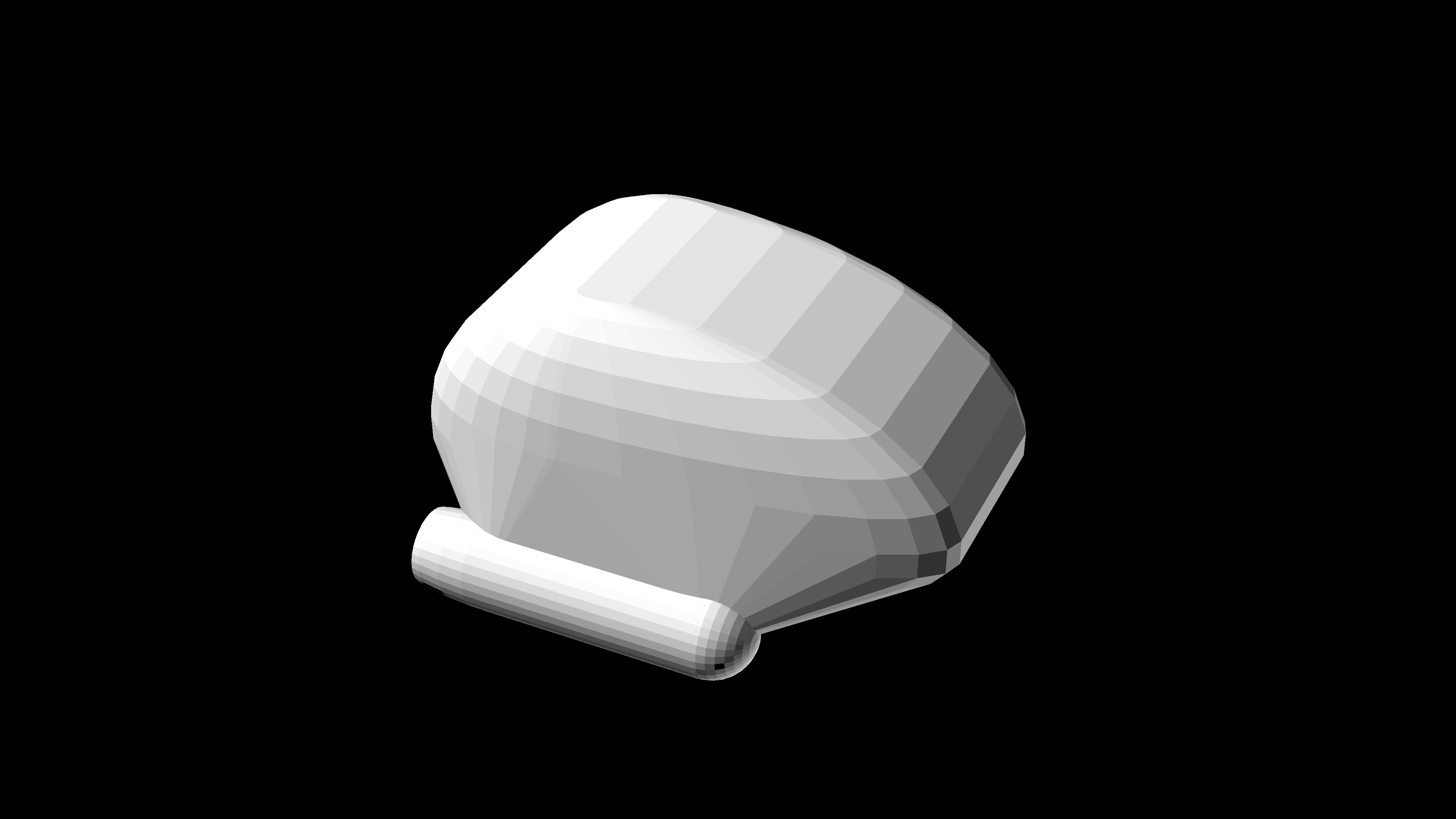
Bumblebee Class Shuttlepod
Stats
- Length: 3m
- Width: 2.5m
- Height: 1.8m
- Crew Capacity: 2
- Warp Speed: no
Description
The Bumblebee is a minimal shuttlepod that is built to safely take two people from orbit to a planet’s surface, and then safely back.
The Bumblebee has another property that it is extremely small. Hence it is used as auxillary ship in intermediate and small starships.
Type 20 class
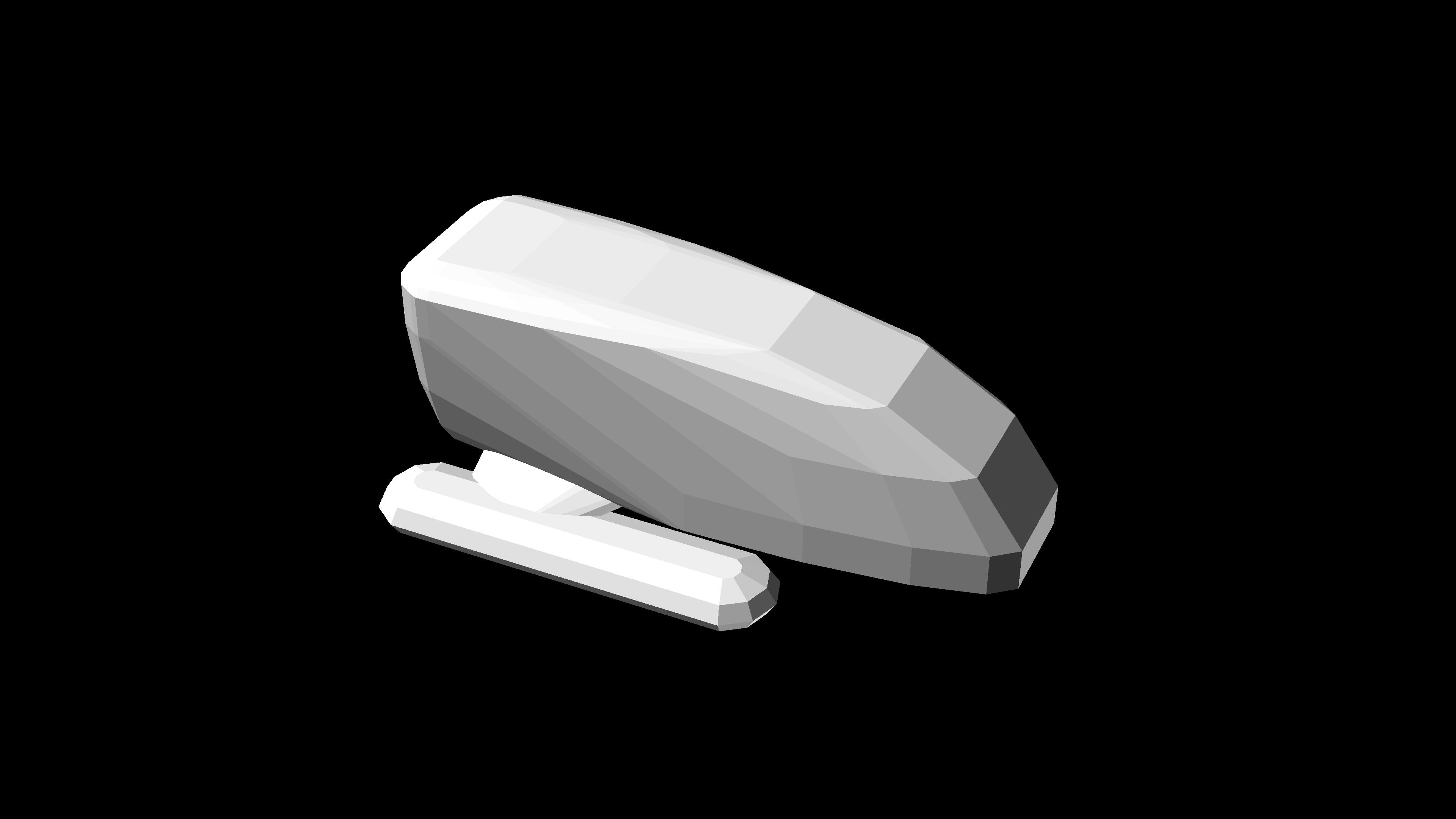
Type 20 small shuttle
Stats
- Length: 6m
- Width: 3.3m
- Height: 2.5m
- Crew Capacity: 6
- Warp Speed
- Cruising: Warp 1.5
- Peak: Warp 2.7
Description
The type 20 is the standard workhorse shuttle of the federation. It is not glamorous or special but it gets the job done.
The Type 20 is found throughout starfleet on small and medium starships.
Type 23 Shuttle
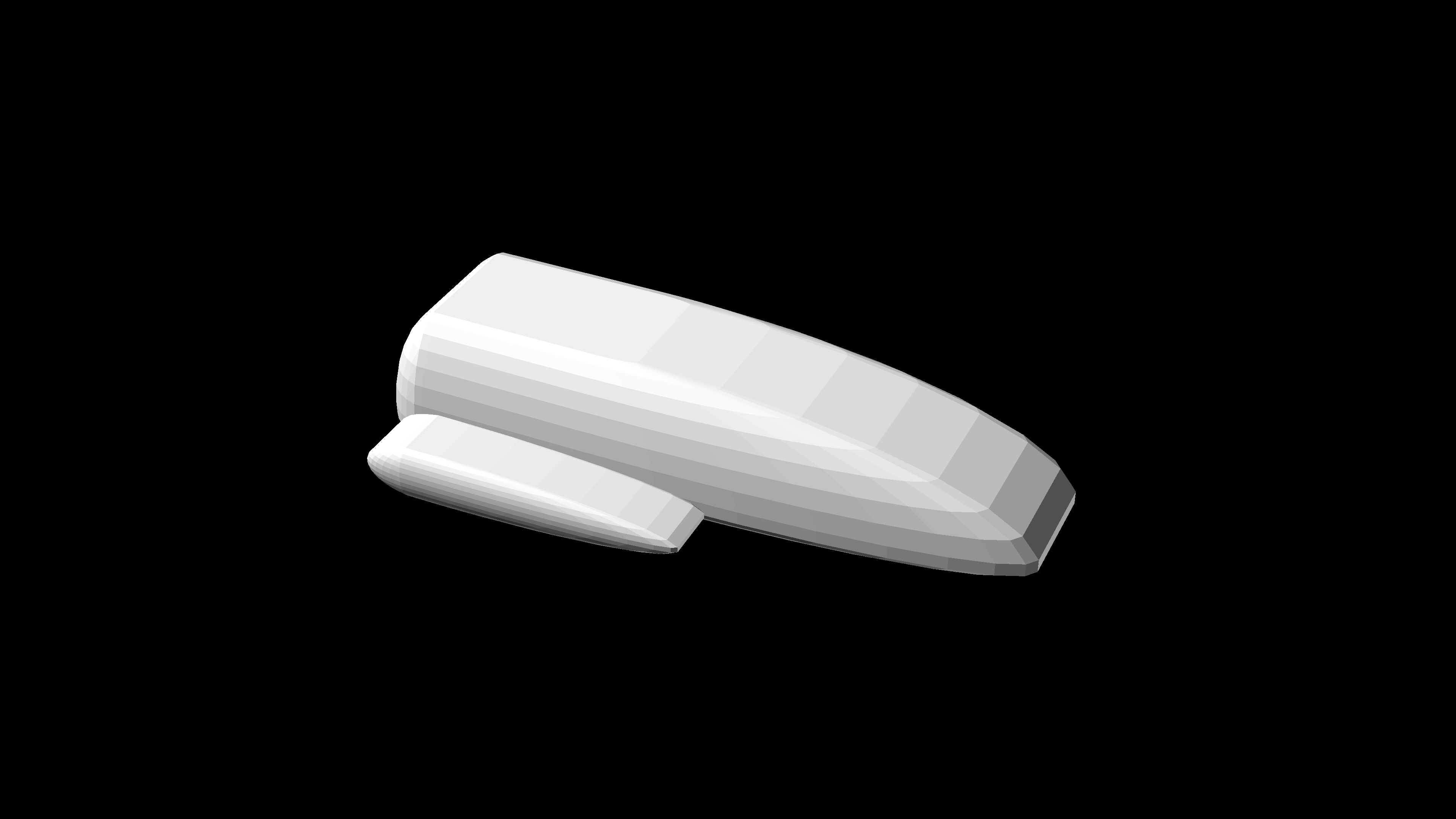
Type 23 medium shuttle
Stats
- Length: 12m
- Width: 6.6m
- Height: 2.5m
- Crew Capacity: 15
- Warp Speed
- Cruising: Warp 2.1
- Peak: Warp 3.5
Description
The Type 23 is a larger shuttle than the type 20. It has all the equipment in correspondingly larger quantities and capabilities.
The Type 23 is also ubiquitous in medium and large starships.
Type 3 large shuttle
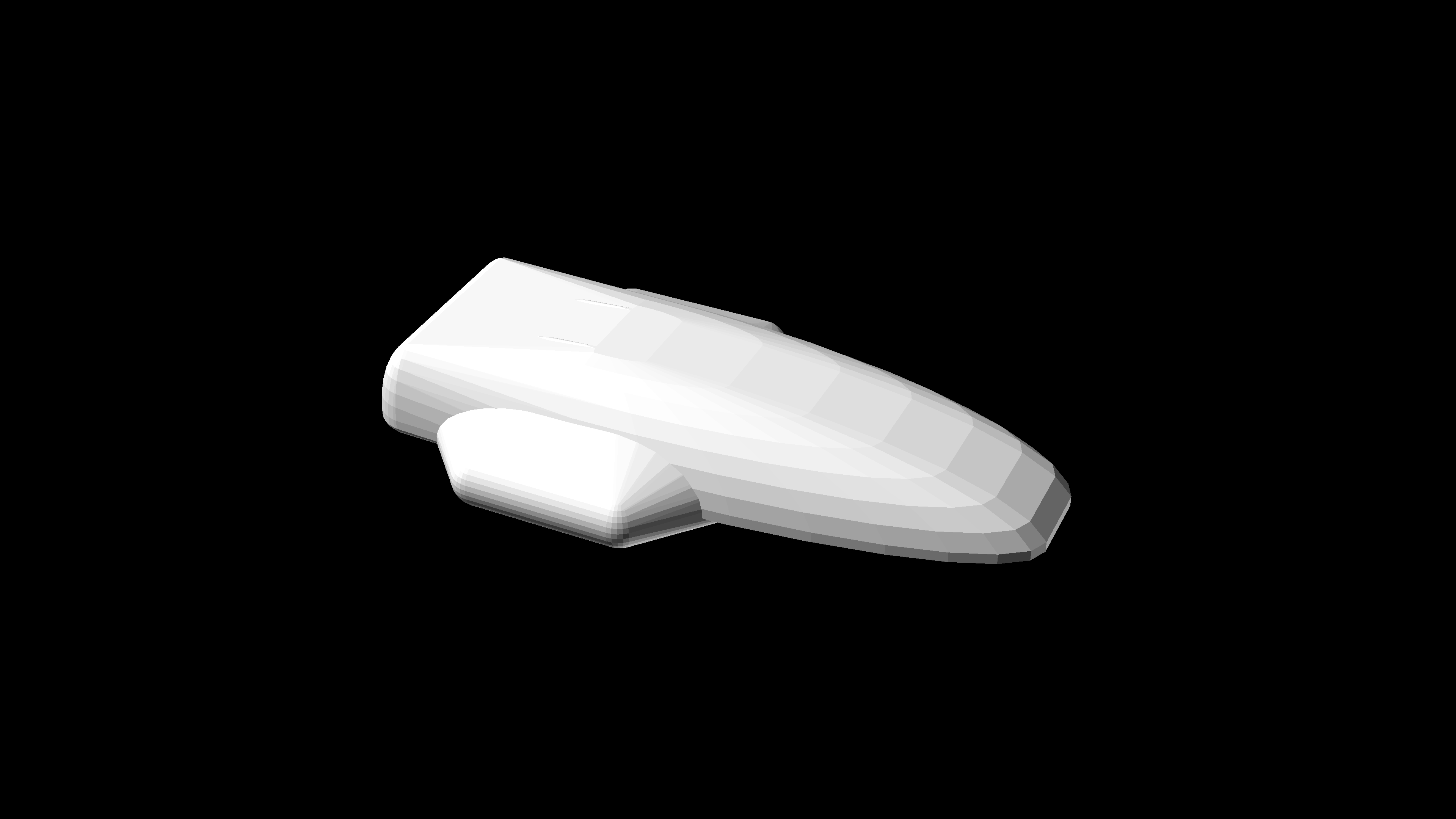
Type 3 large shuttle
Stats
- Length: 18m
- Width: 10m
- Height: 3.2m,
- Crew Capacity: 25
- Warp Speed
- Cruising: Warp 3.2
- Peak: Warp 5.6
Description
At 18m long the Type 3 is more of a mini-runabout than a shuttle.
It is frequently found in medium starships as a runabout, and in large and very large starships as shuttle.
Pirahna Class Fighter
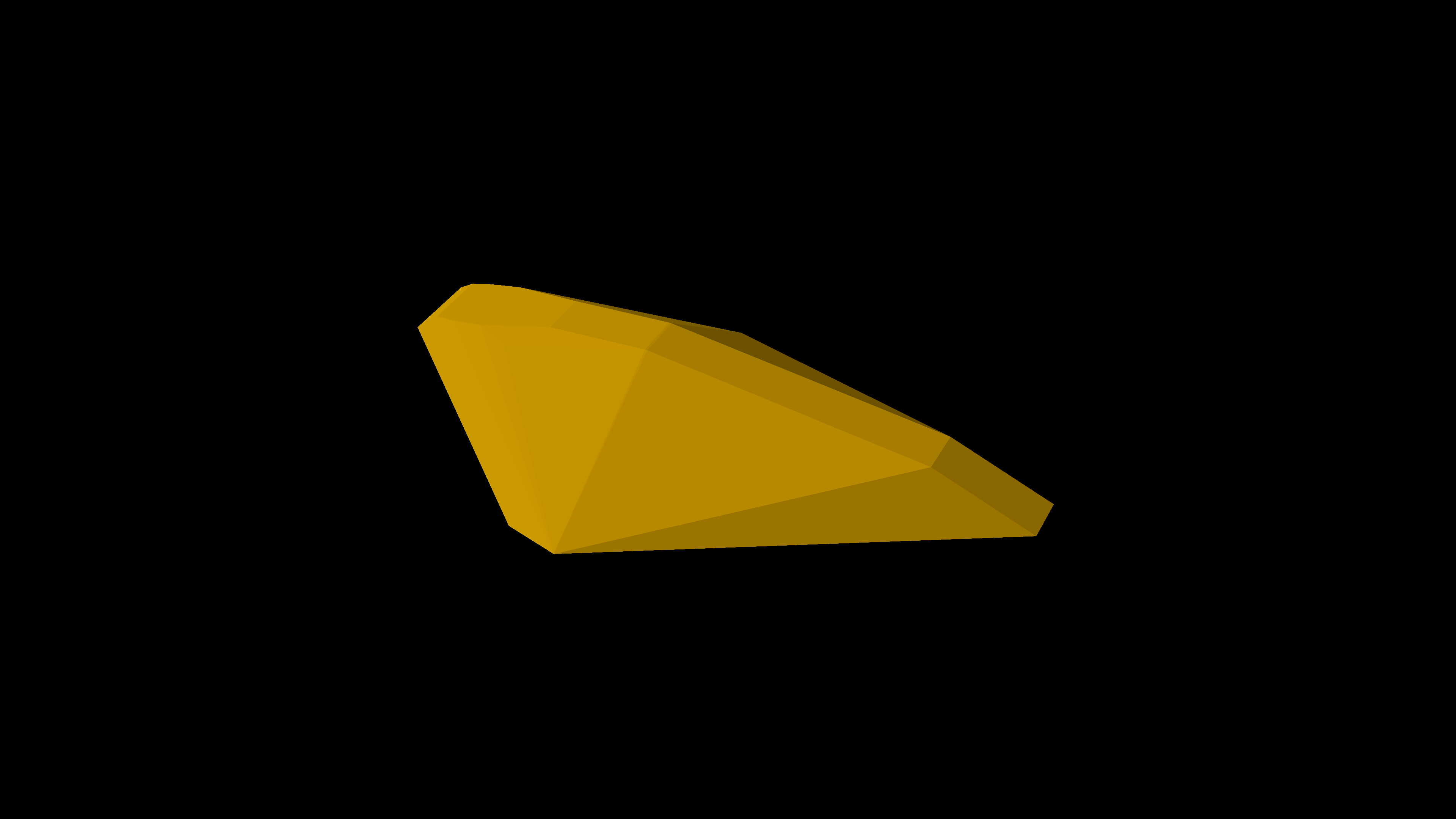
Pirahna class fighter
Stats
- Length: 12.3m
- Width: 7.9m
- Height: 2.4m
- Crew Capacity: 2
- Warp Speed
- Cruising: See Note
- Peak: Warp 9.5
Description
The Pirahna class is an atmospheric and exo single or double occupancy fighter meant for planetary and star system defence.
This means that although it has warp, its only used to warp at maximum speed to any part of a star system to start engaging the enemy. All the manouvers happen at impulse speeds after that.
Amazon Class Runabout
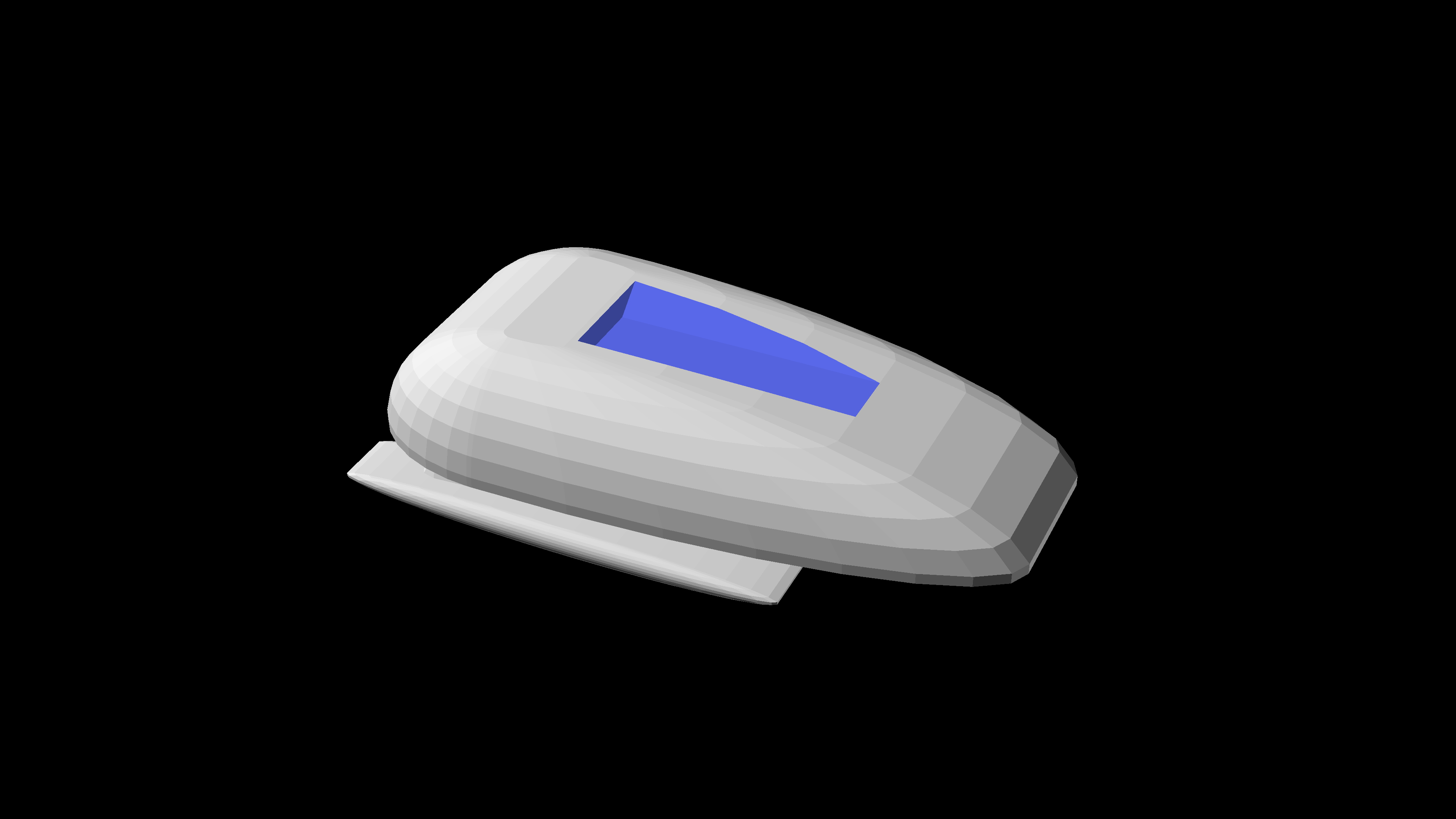
Amazon class runabout
Stats
- Length: 23m
- Width: 13m
- Height: 5.5m
- Crew Capacity: 16
- Warp Speed
- Cruising: Warp 5
- Peak: Warp 7
Description
The Amazon class is nominally of the same dimensions as the Danube or Yellowstone class but because of its boxy build has twice the capacity.
The Amazon class is fast rising up to become the standard runabout in all classes of starship and starbase that can carry a runabout.
Mako Class Runabout
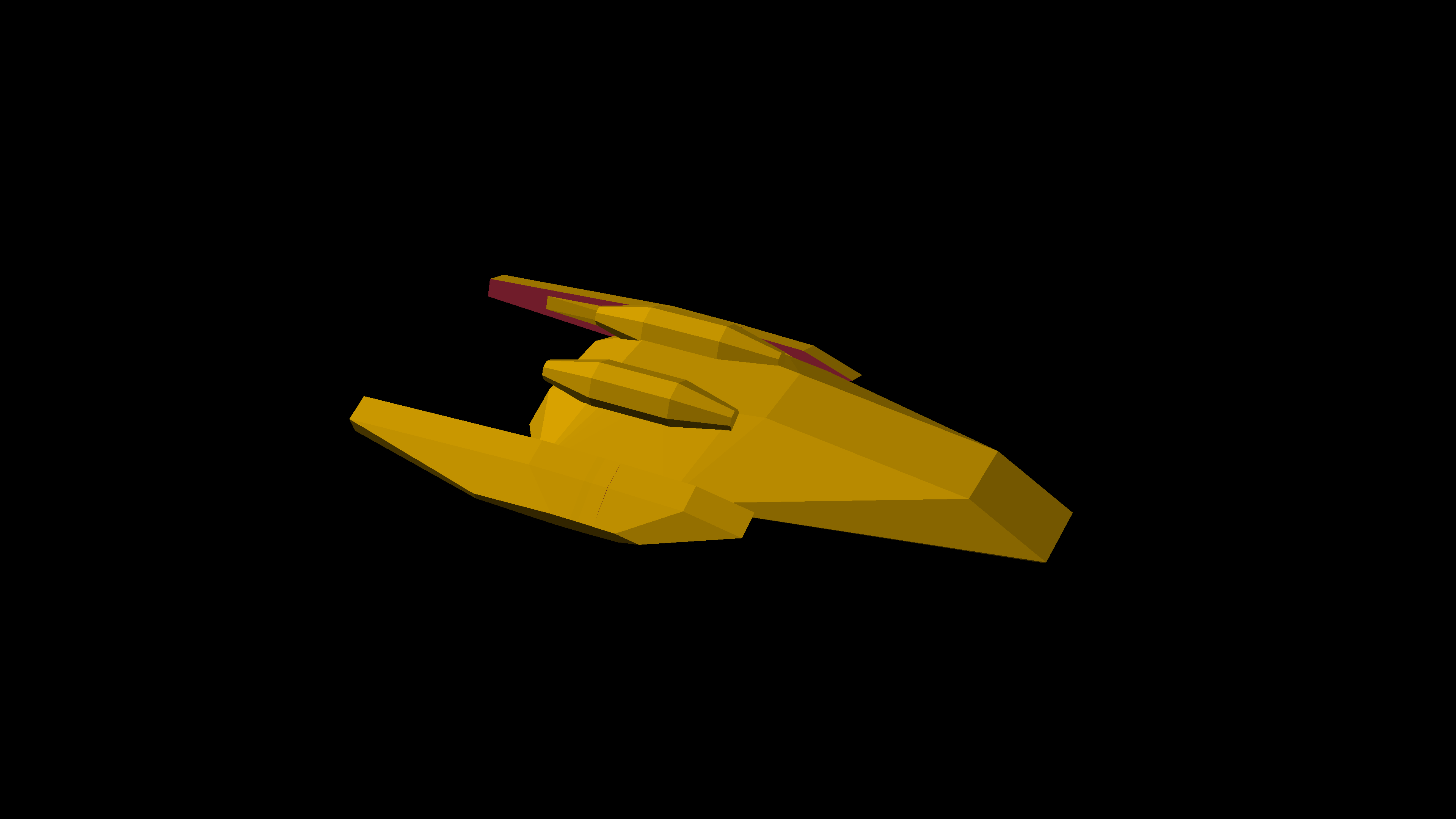
Mako class runabout
Stats
- Length: 25m
- Width: 13.5m
- Height: 4.2m
- Crew Capacity: 10
- Warp Speed
- Cruising: Warp 6.5
- Peak: Warp 9.2
Description
The Mako class is a tactical runabout tweaked for maximum speed and striking power.
The Mako class forms the primary line of defence for the Atlas group.
Ganges Class Heavy Runabout
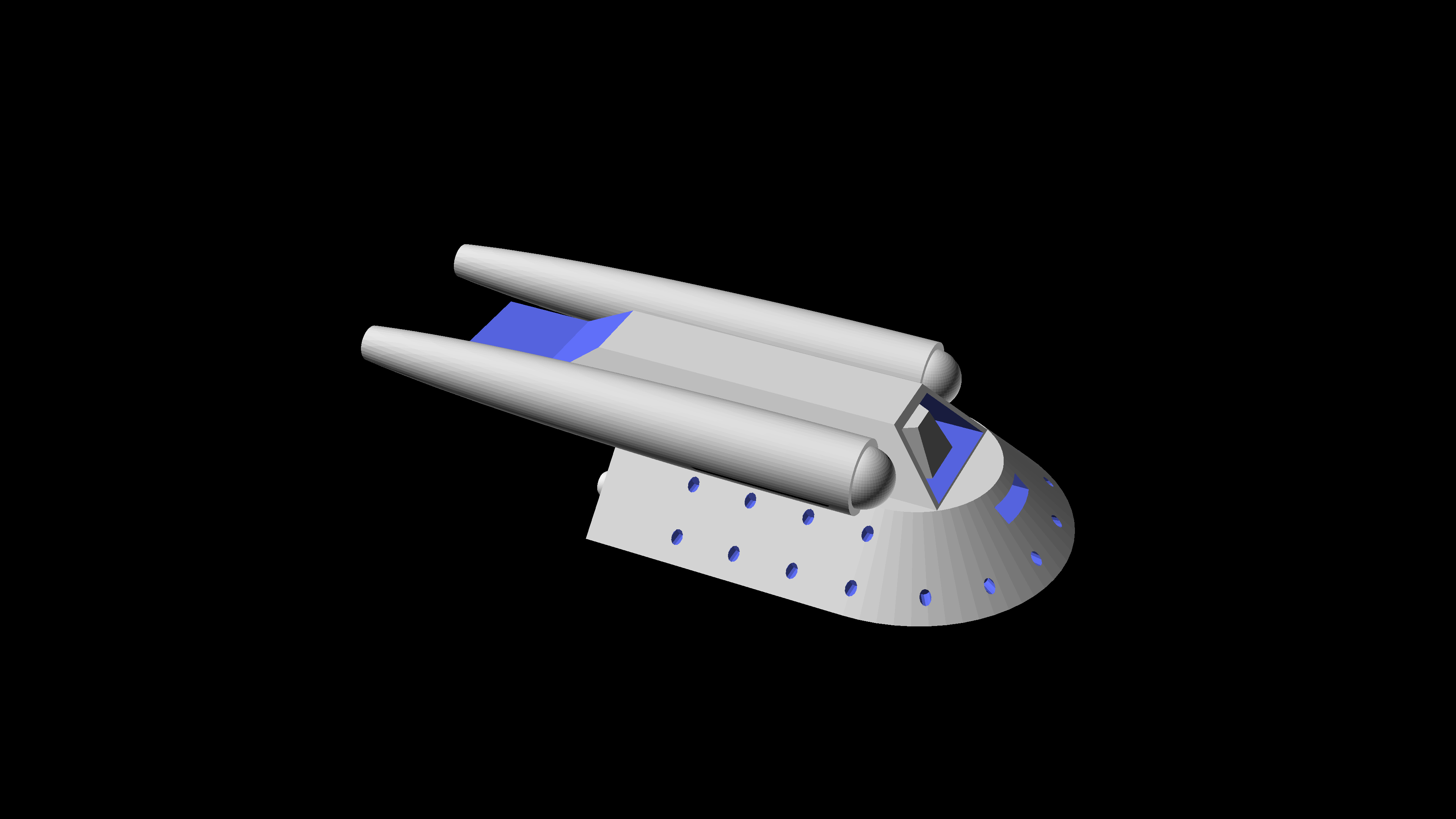
Ganges class heavy runabout
Stats
- Length: 48m
- Width: 24m
- Height: 9m
- Decks: 2
- Crew Capacity: 32
- Warp Speed
- Cruising: Warp 6.8
- Peak: Warp 9.5
Description
The Ganges class straddles the line between a small and intermediate ship and falls into the small ship category by about 1m. But with two decks and even a sizable shuttlebay the Ganges can easily be a small starship rather than an auxillary vehicle.
The Ganges combines what is know as a class 0.5 habitat with a standard class 0 warp core and class 0 type 2 engines.
Auxillary vehicles
- Bumblebee class shuttlepod
- misc land vehicles
-
Of course as Starfleet had neither a working Atlas class, nor for that matter 8 Defiants, the whole discussion was deemed moot. ↩
-
It should be noted that though the Atlas borrows heavily from Mutli-Vector Assault Vehicles, it is not intended to be used as a Multi-Vector Assault vehicle. While the ship can undock its components faster than a Galaxy class saucer separation, the ship does not have the centralized control grid that make a multi-vector ship; once it splits, it becomes separate ships. ↩
-
It’s common for crew of all Atlas classes to have residence allocated in the C-class and “commute” to their workstation, whereas the living areas on other classes are mainly used as emergency dormitories. ↩
-
Frequently the Iceland class is used as a MEDEVAC vehicle due to its higher number of decks in such a small ship. ↩